Engineering & Computer Science

Professor Giorgio Buttazzo | Artificial Intelligence and a Crossroads for Humanity
Where do we stand with artificial intelligence? Might machines take over our jobs? Can machines become conscious? Might we be harmed by robots? What is the future of humanity? Professor Giorgio Buttazzo of Scuola Superiore Sant’Anna is an expert in artificial intelligence and neural networks. In a recent publication, he provides considered insights into some of the most pressing questions surrounding artificial intelligence and humanity.

Professor Martin Trefzer | Bridging Nature and Artificial Intelligence for Smart Electronics Technology
The ever-developing world of artificial intelligence (AI) stands at the tip of a transformative breakthrough. Professor Martin Trefzer from the University of York and Professor Jim Harkin from Ulster University have introduced a revolutionary approach to neural network design. They work on an electronic system based on AI that forms the basis of the cross-disciplinary project called Nervous Systems, which aims to build electronic neuromorphic devices with an artificial intelligence system mirroring the adaptability and responsiveness of biological neural systems.

Dr Jon Tore Lieng | Dynamically Installed Anchors for Floating Offshore Turbines
Effectively harnessing offshore wind presents a valuable opportunity to increase energy supplies. Floating wind turbines present several advantages over traditional fixed turbines in more shallow waters. Dr Jon Tore Lieng from Deep Sea Anchors and colleagues have developed a type of dynamically installed anchor to hold the structures in place while reducing both the costs and complexity associated with installation where cohesive seabed sediments are realised.
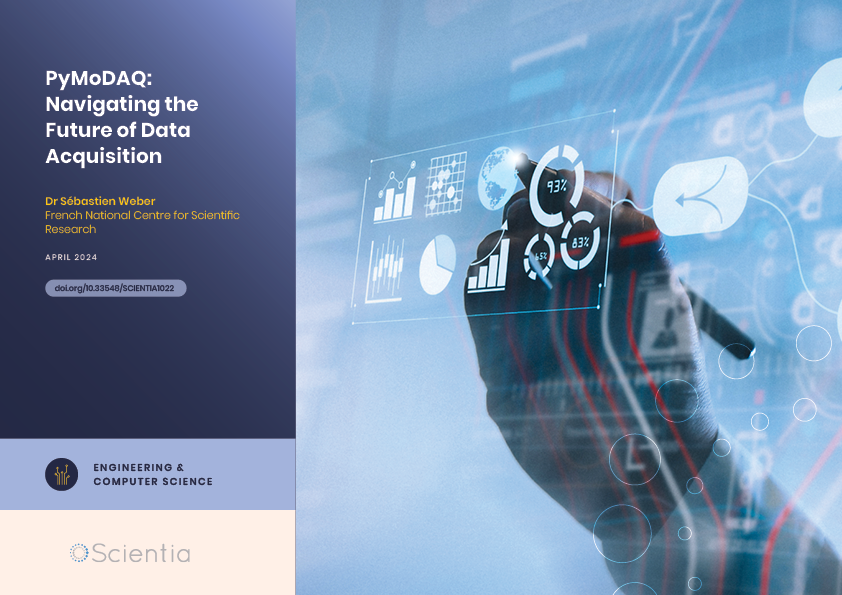
Dr Sébastien Weber | PyMoDAQ: Navigating the Future of Data Acquisition
In an era where data is paramount, Dr Sébastien Weber and his team at CNRS, the French National Centre for Scientific Research, are changing the landscape for scientists and engineers with PyMoDAQ, an open-source data acquisition software. Their revolutionary tool stands out for its accessibility, versatility, and the thriving community it fosters.
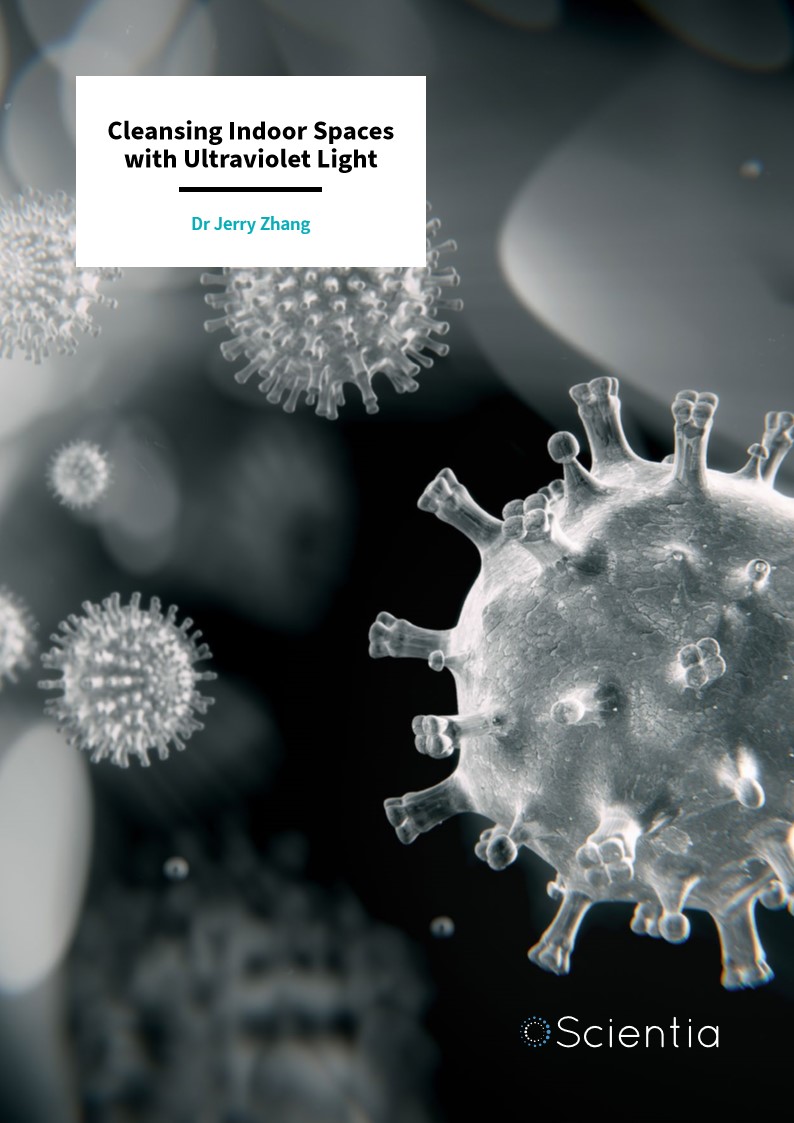
Dr Jerry Zhang | Cleansing Indoor Spaces with Ultraviolet Light
Maintaining air quality in indoor spaces like shopping centres, stadiums, and airports is a key issue in modern society. Unfortunately, current air conditioning-based approaches are often energy intensive and inefficient. A viable alternative is the use of low-energy-consumption ultraviolet light disinfection systems, which cleanse the air of bacteria and pathogens in indoor settings. Dr Jerry Zhang and his team of ultraviolet light-based disinfection technology specialists at Bolb Inc. have developed a model to predict device performance and lifetime under different conditions, providing crucial guidance for their adoption in large-scale settings.
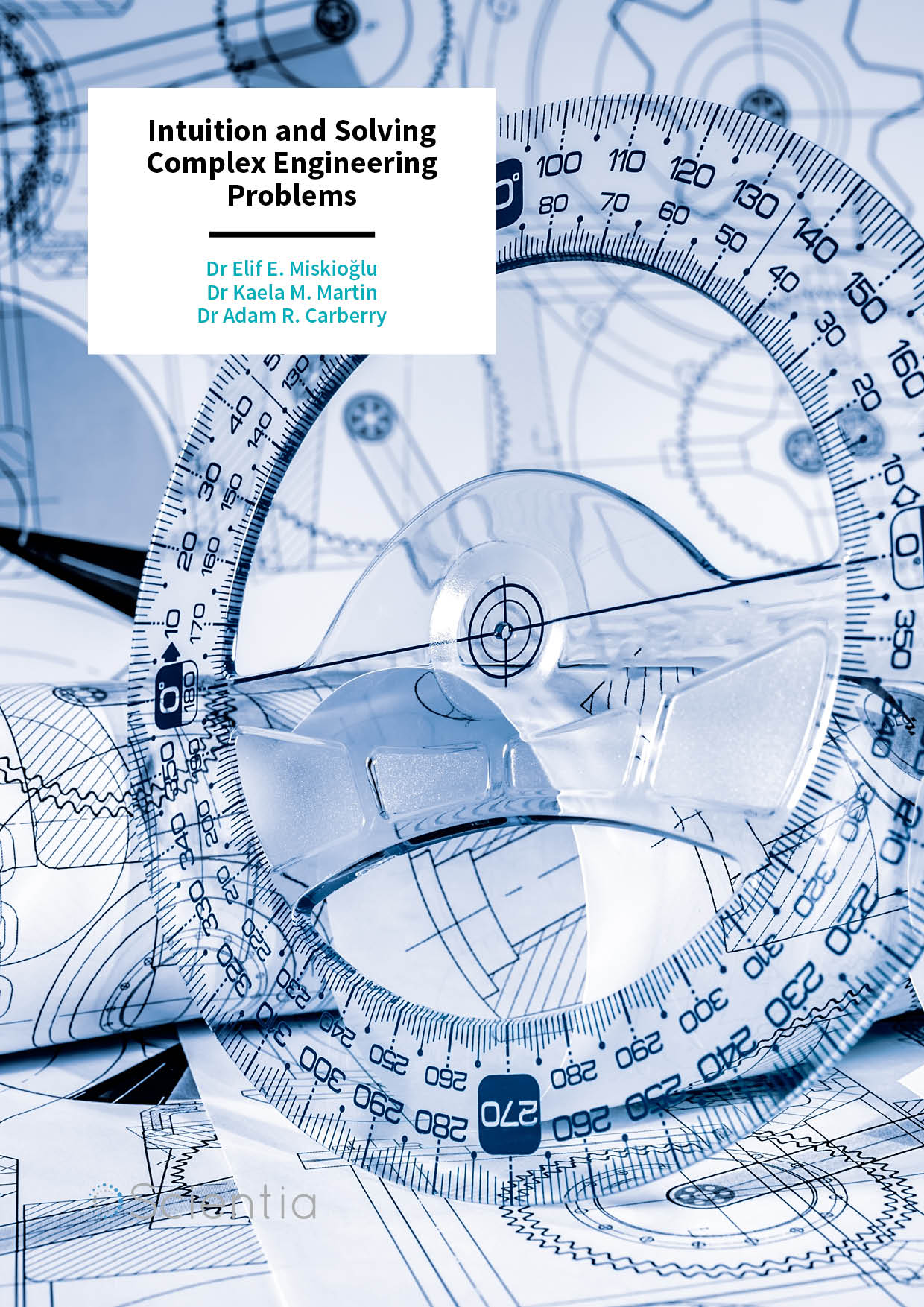
Dr Elif E. Miskioğlu – Dr Kaela M. Martin – Dr Adam R. Carberry | Intuition and Solving Complex Engineering Problems
Experienced engineers are typically equipped with advanced technical knowledge and a unique skill set but also a marked intuition that allows them to come up with solutions to complex real-world problems. Drs Elif E. Miskioğlu, Kaela M. Martin, and Adam R. Carberry, at Bucknell University, Embry-Riddle Aeronautical University Prescott, and The Ohio State University, respectively, recently engaged in important research to support the understanding of intuition in engineering practice.
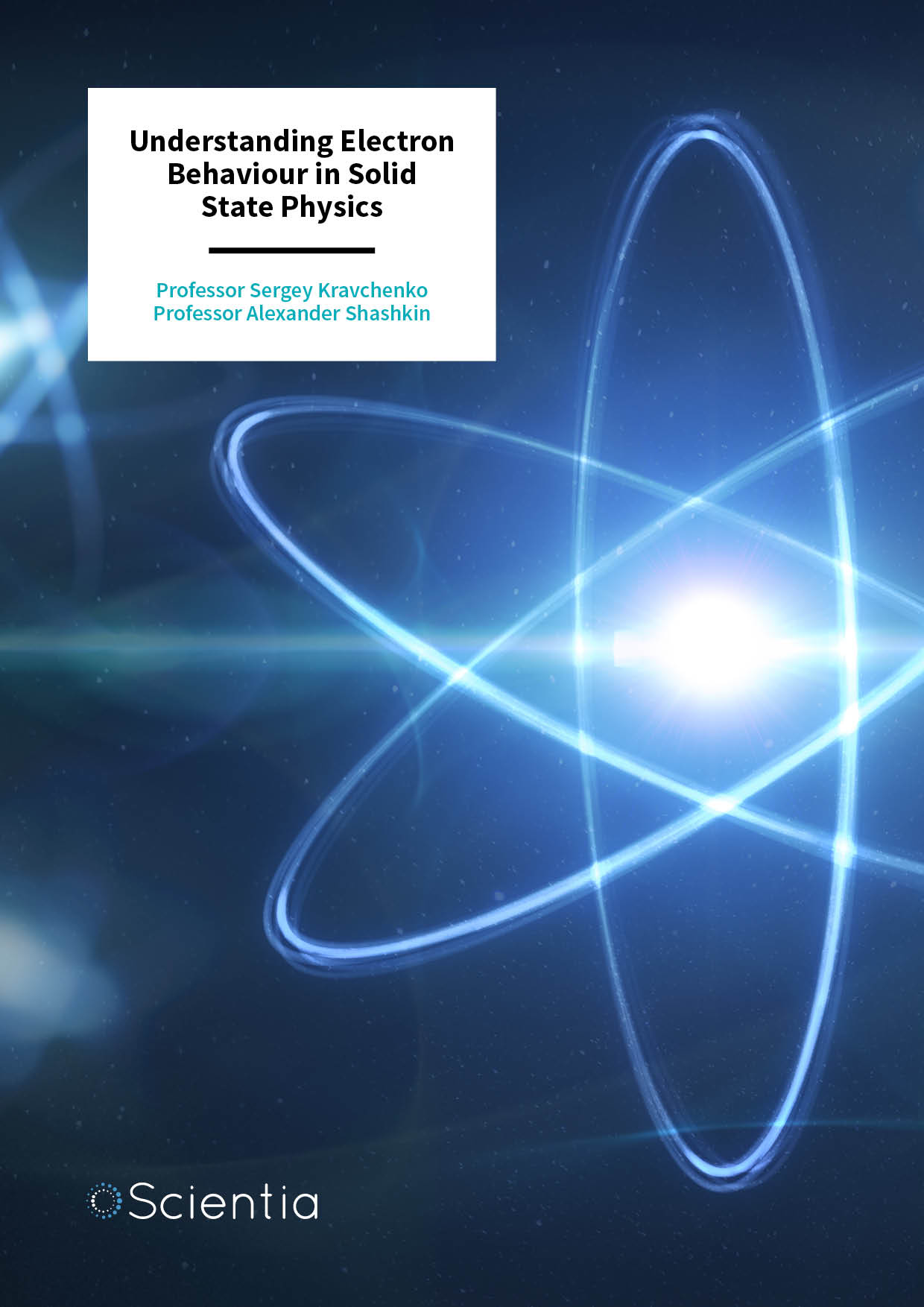
Professor Sergey Kravchenko – Professor Alexander Shashkin | Understanding Electron Behaviour in Solid State Physics
Professor Sergey Kravchenko of Northeastern University (USA) and Professor Alexander Shashkin of the Institute of Solid State Physics (Russia) study two-dimensional electron systems. In this field, the behaviour of electrons under different environmental conditions alters the macroscopic properties of the materials they constitute. For example, some metallic compounds transition from an insulating state to a metallic, conductive state as the system parameters change. Understanding precisely how and why this occurs may be crucial to developing the next generation of nanoscale materials, such as room-temperature superconductors.
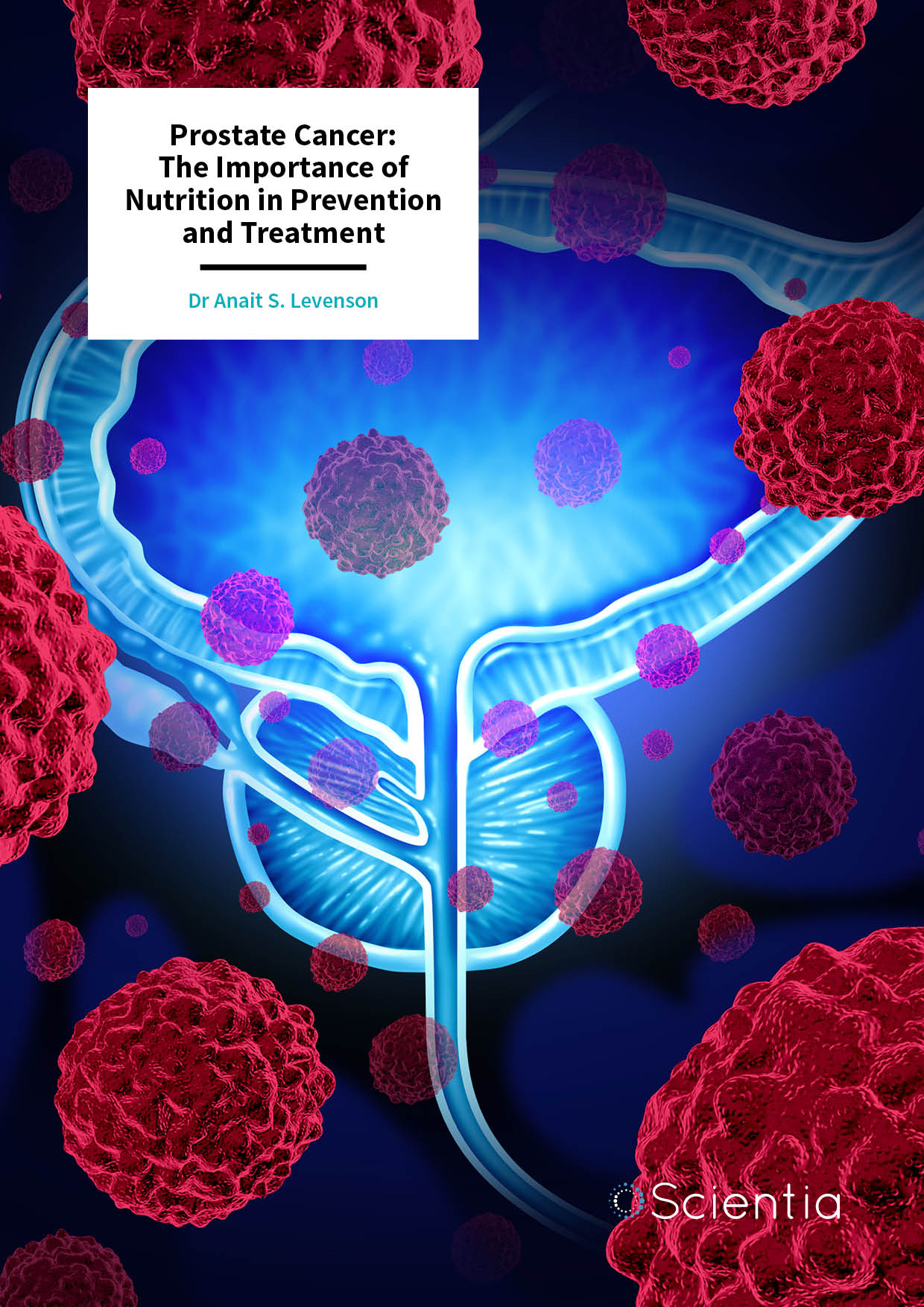
Dr Anait S. Levenson | Prostate Cancer: The Importance of Nutrition in Prevention and Treatment
Prostate cancer is a leading cause of illness and death in men around the world, and to date, no prevention strategies have been discovered. Dr Anait S. Levenson and a team of cancer researchers from Long Island University in the United States of America are working to advance our understanding of how and why prostate cancer develops. Their important work also demonstrates how compounds found in foods such as grapes and blueberries may help prevent the development and progression of cancer.
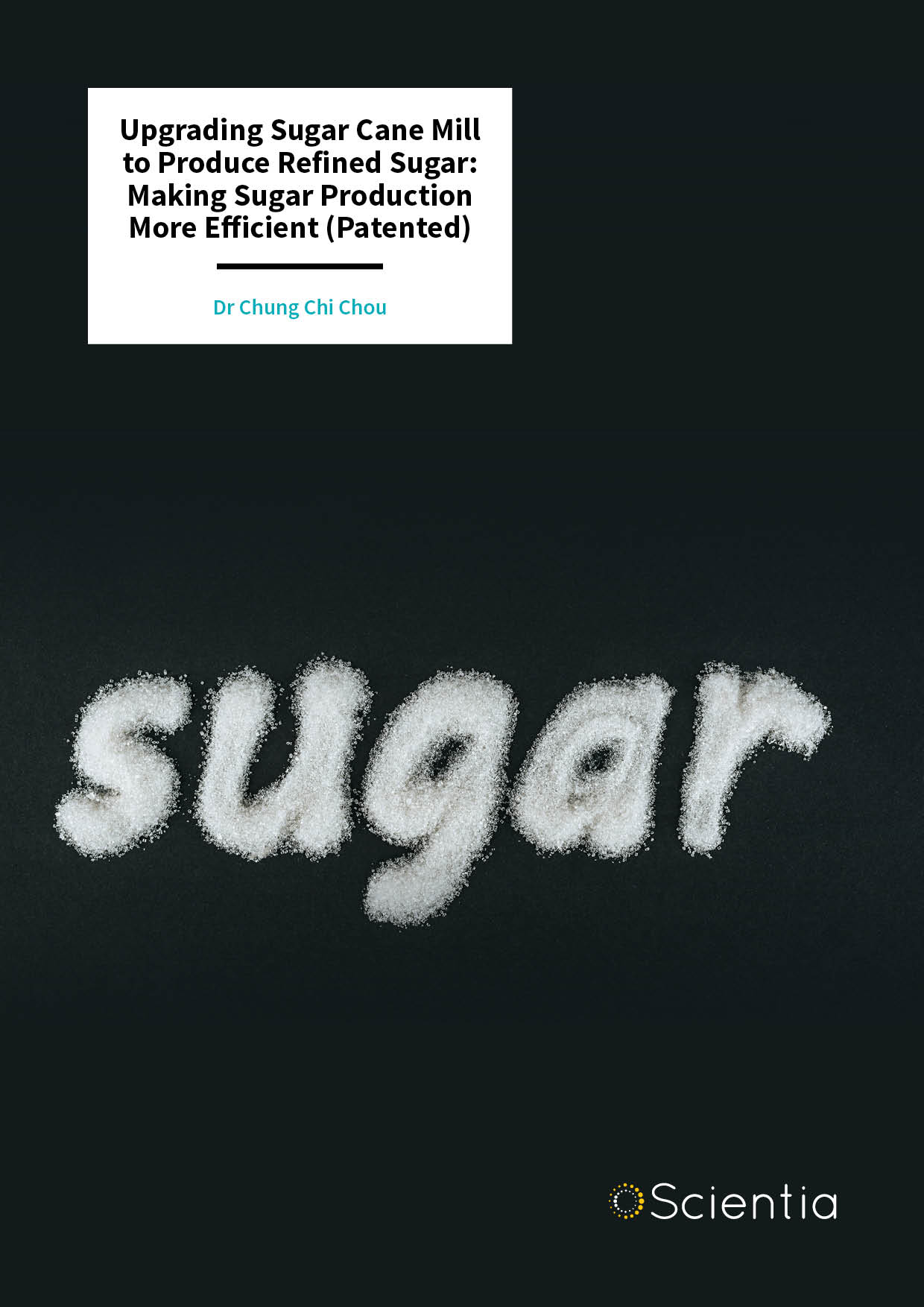
Dr Chung Chi Chou | Upgrading Sugar Cane Mill to Produce Refined Sugar: Making Sugar Production More Efficient (Patented)
The sugar industry is a giant, producing hundreds of millions of tonnes of refined sugar each year. In the USA, most sugar is produced from sugarcane, but the process of growing sugarcane, milling it into raw sugar, then refining it into the product we’re familiar with, is remarkably energy- and water-intensive. Dr Chung Chi Chou proposes a process to improve the efficiency of sugar production by combining the milling and refining stages in one plant, increasing profits and reducing the environmental impact of the sweet stuff.
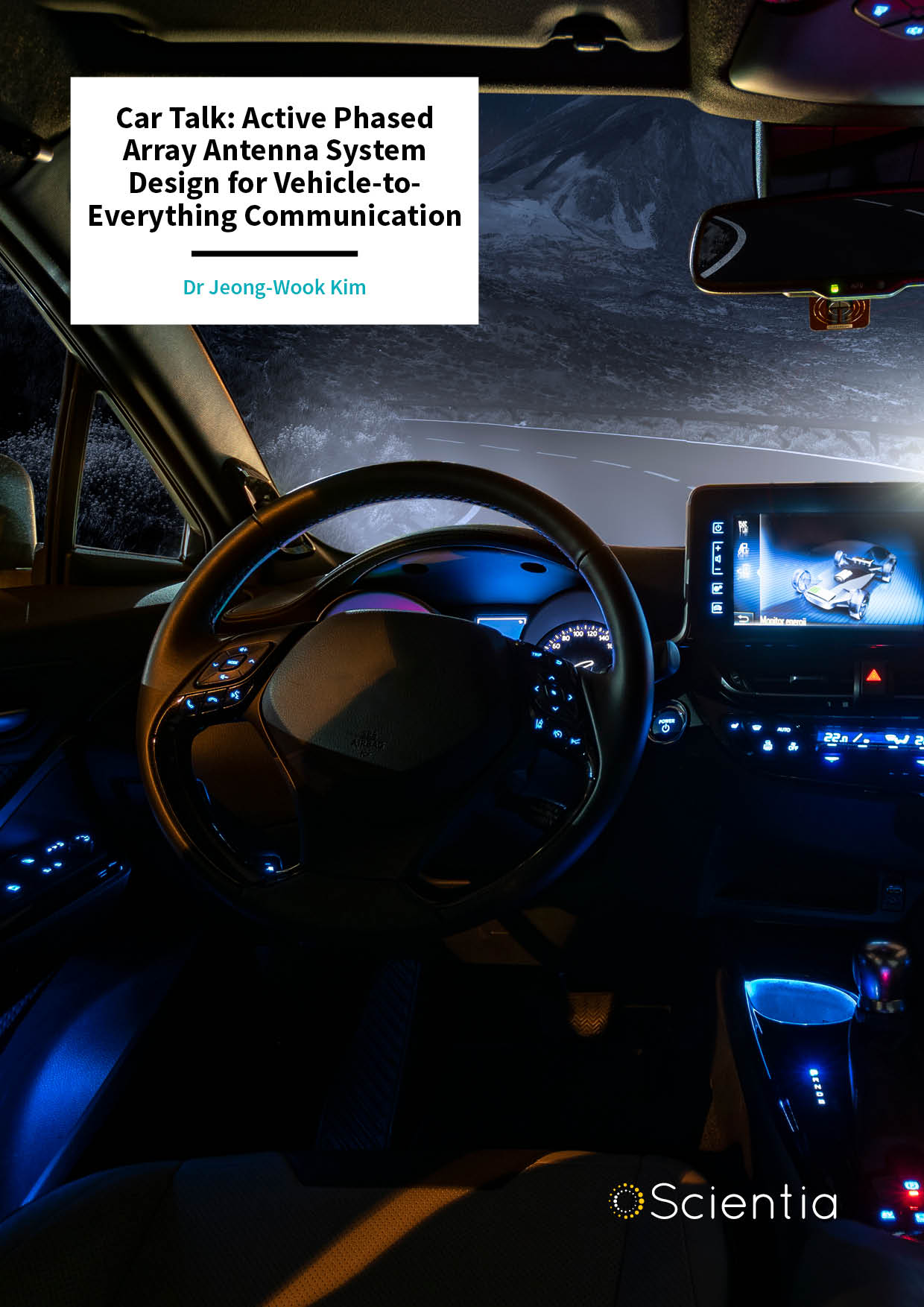
Dr Jeong-Wook Kim | Car Talk: Active Phased Array Antenna System Design for Vehicle-to-Everything Communication
Information exchange between vehicles and the world around them offers many exciting possibilities. Drivers could be provided with real-time information on the speed and behaviour of other cars around them, live updates from city infrastructure to vehicles could improve traffic flow, and vehicle-to-mobile communication interfaces could warn pedestrians of busy crossings. However, such advances require a strong and stable signal to ensure reliable and effective communication. Dr Jeong-Wook Kim from the Korea Advanced Institute of Science and Technology has developed a new design for vehicle communication antennas, improving the ability of individual vehicles to exchange information with the world around them.
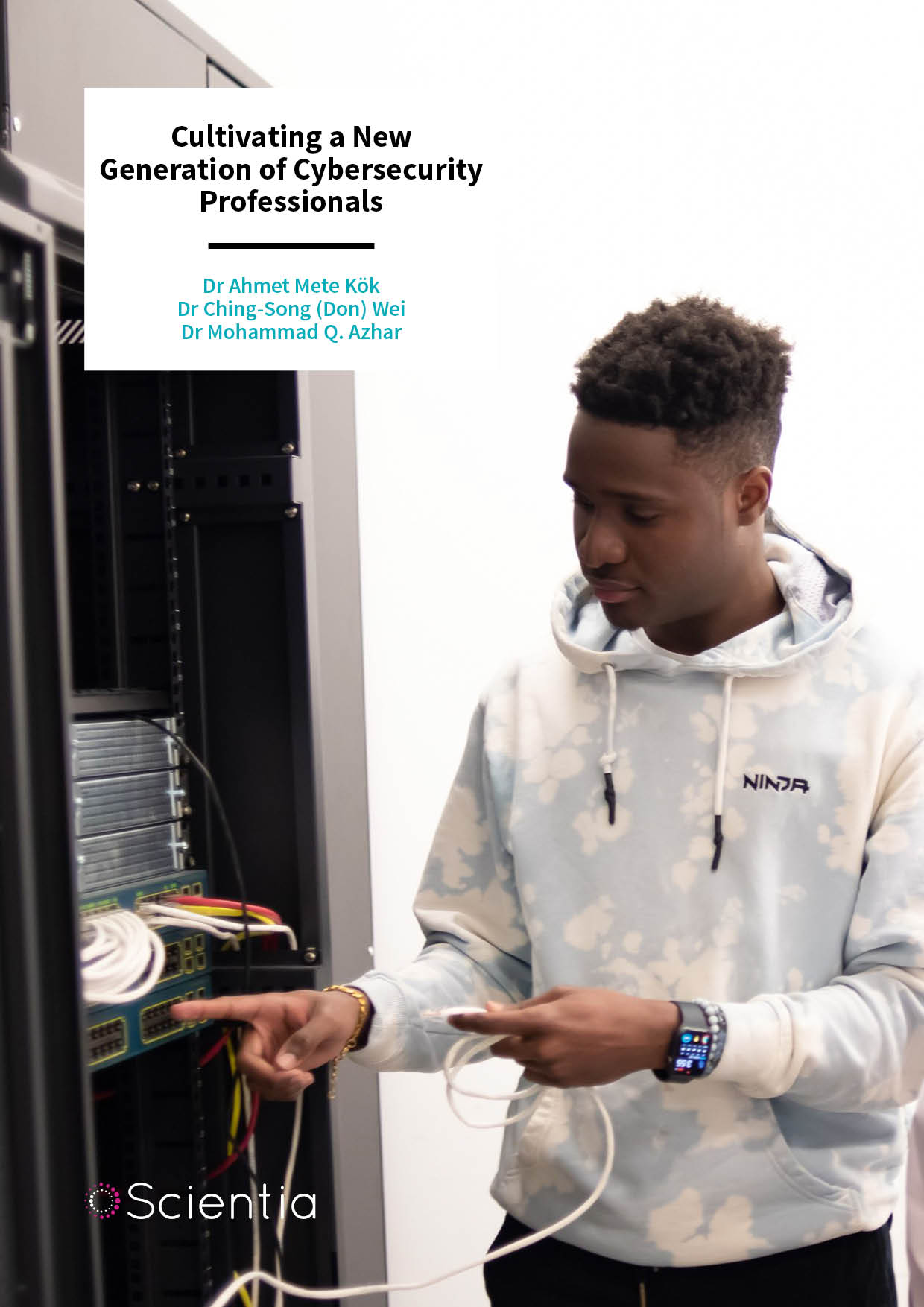
Dr Ahmet Mete Kök | Cultivating a New Generation of Cybersecurity Professionals
Computer systems underpin nearly every aspect of modern life, but they’re more vulnerable than many people realise. Threats to cybersecurity can come from anywhere in the world, at any time, and the techniques that malicious agents use are constantly evolving. As such, well-trained cybersecurity technicians are absolutely critical to our modern world, but there is a scarcity of such individuals. Now, Dr Ahmet Mete Kök and his colleagues have developed a new online certificate degree program at the Borough of Manhattan Community College, focused on educating and training a new cohort of cybersecurity technicians from diverse backgrounds.
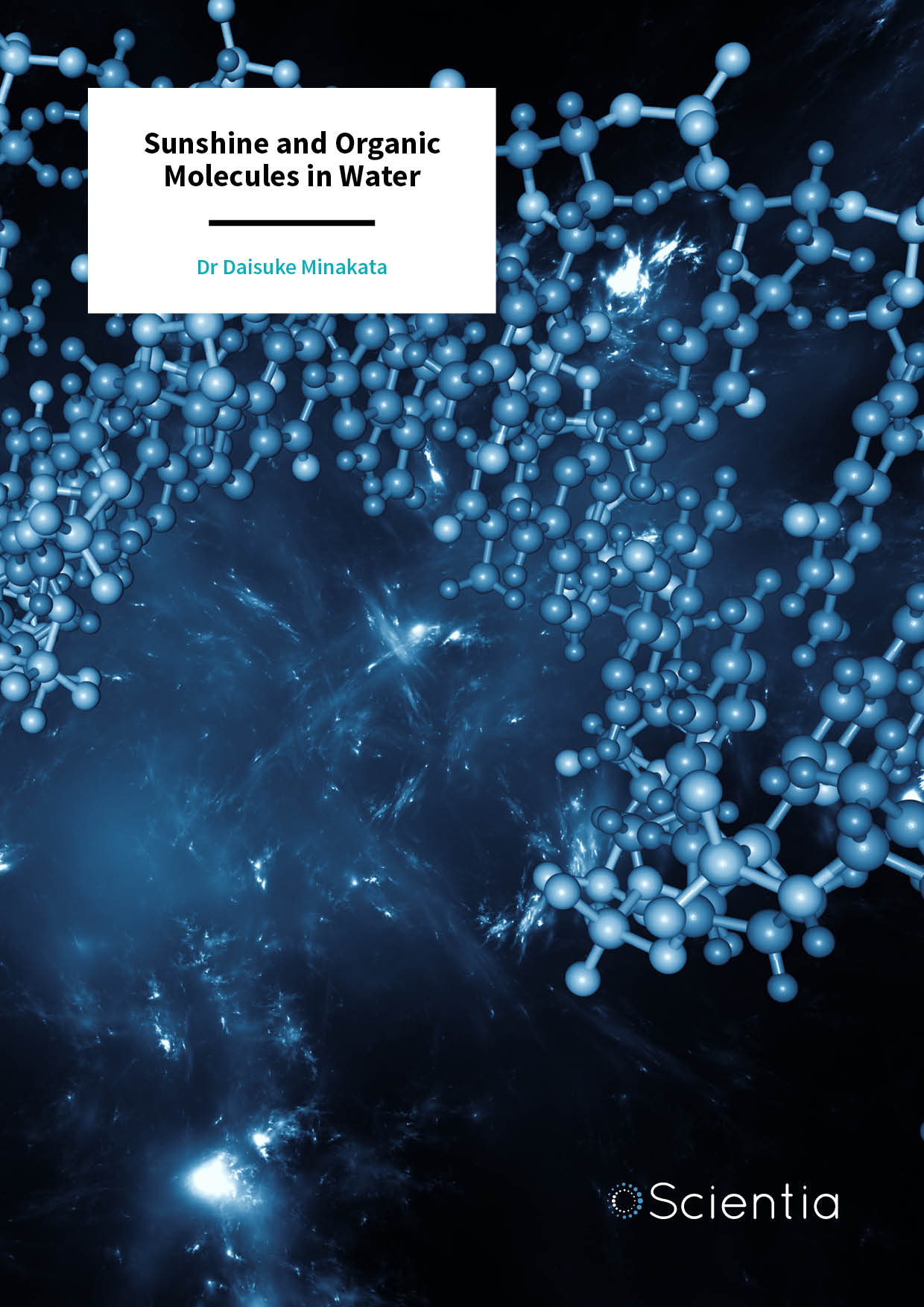
Dr Daisuke Minakata – Sunshine and Organic Molecules in Water
Organic molecules dissolved in rivers, lakes, seas and oceans are essential to plant and animal life. Some of these molecules are also degraded and enter a complex cycle of carbon, nitrogen and sulphur containing compounds. Surprisingly, scientists currently have a limited understanding of the fate of these molecules. Dr Daisuke Minakata and his colleagues from Michigan Technological University are involved in an ambitious programme to overcome this critical knowledge gap.
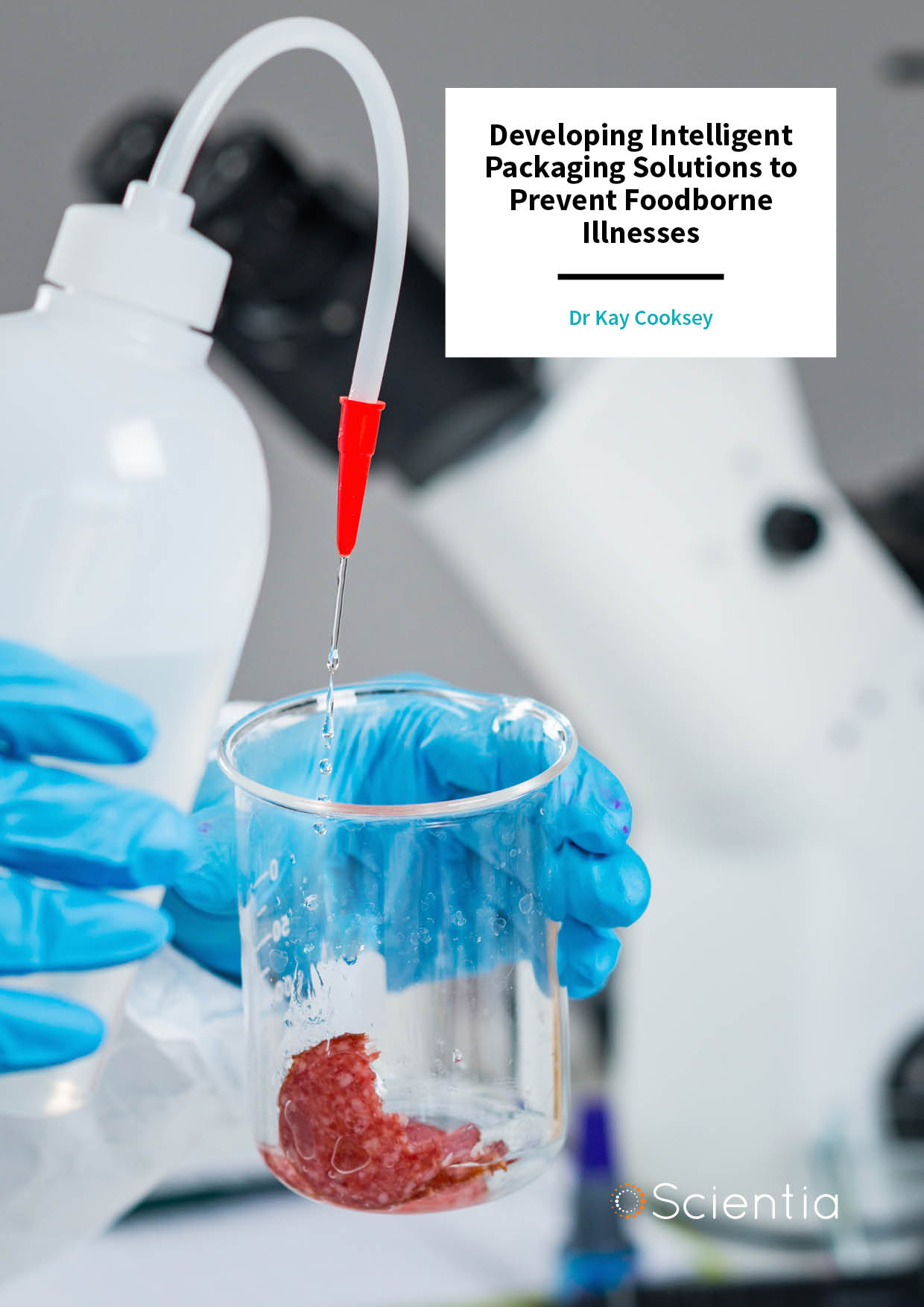
Dr Kay Cooksey | Developing Intelligent Packaging Solutions to Prevent Foodborne Illnesses
Many of us avoid foods that contain ingredients we haven’t heard of. However, many of these chemicals are beneficial because they prevent the growth of bacteria that cause foodborne illnesses. Although food quality standards have improved dramatically, outbreaks of foodborne illnesses are still common. Luckily, we have one line of defence to exploit: antibacterial food packaging. Dr Kay Cooksey of Clemson University is leading ground-breaking research to overcome the hurdles associated with antibacterial food packaging, bringing it one step closer to market.
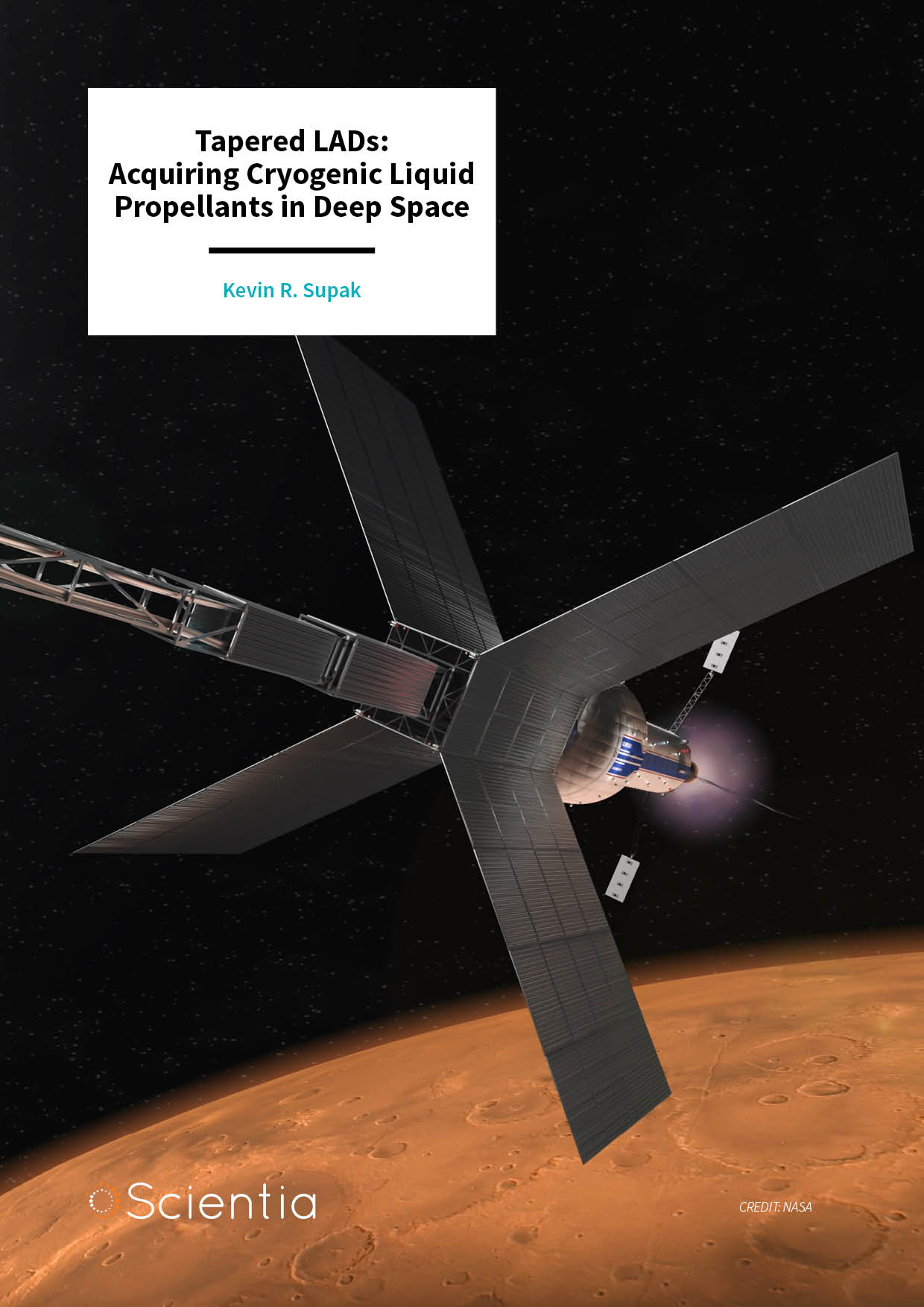
Kevin R. Supak | Tapered LADs: Acquiring Cryogenic Liquid Propellants in Deep Space
To carry out complex manoeuvres such as orbit insertion, large spacecraft on long voyages must carry tanks of liquid propellants, kept at ultra-cold temperatures. In existing designs, however, heat leaking into these tanks can form unwanted vapour bubbles in the channels required to extract their contents – which are especially difficult to remove in the microgravity environment of deep space. In their research, a team at the Southwest Research Institute presents a simple solution to this problem – through which the sides of these extraction channels are tapered, allowing vapour bubbles to escape. Results from recent microgravity testing of this technology could lead to exciting new opportunities for future space missions.
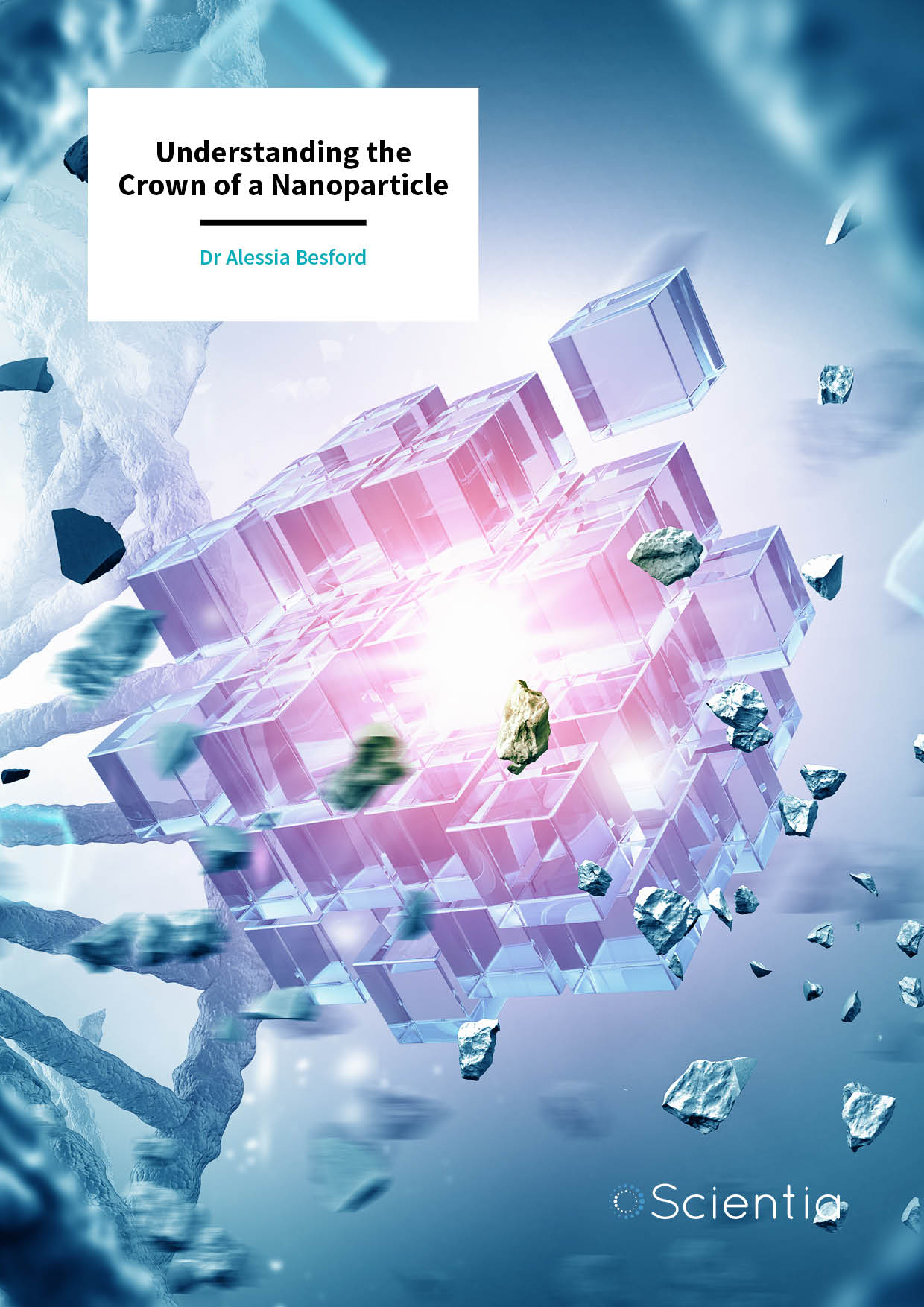
Dr Alessia Besford | Understanding the Crown of a Nanoparticle
Medical nanoparticles are an innovative method of delivering drugs to highly specific locations in the body, such as tumours or across the blood-brain barrier. Once a nanoparticle has entered the bloodstream, it forms a crown of surrounding biomolecules called a corona. The composition of this corona depends on its biological environment and the material of the nanoparticle itself and it has significant implications for how the nanoparticle interacts with the human body. Dr Alessia Besford from the Leibniz Institute of Polymer Research Dresden studies these interactions and how they can be refined to develop more effective medical nanoparticles.
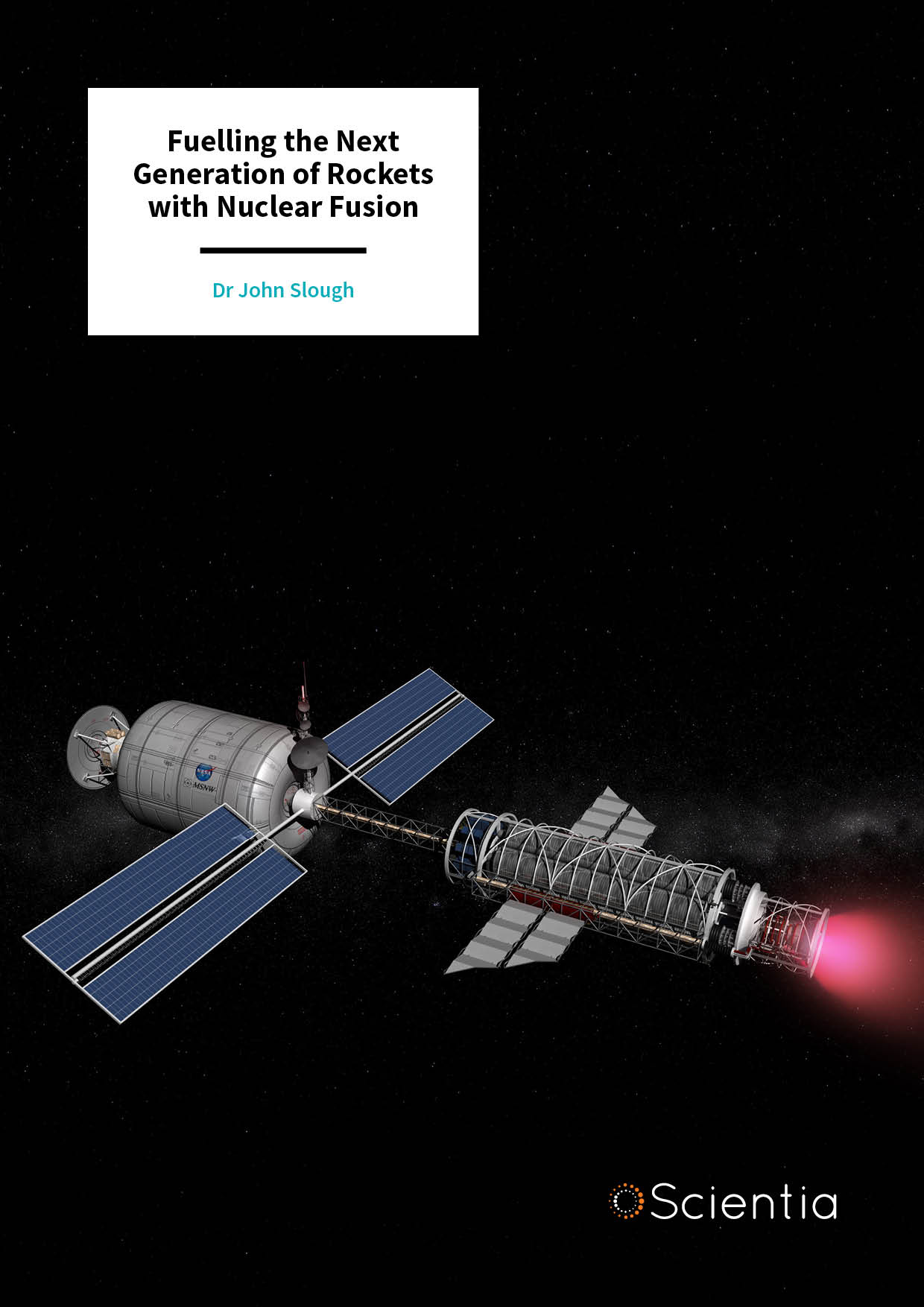
Dr John Slough | Fuelling the Next Generation of Rockets with Nuclear Fusion
Most rockets combine liquid hydrogen and oxygen to throw out extremely hot, expanding gas as a propellant; however, there are limits to the efficiency of this system. Dr John Slough and his colleagues at MSNW and the University of Washington have been developing new ways to propel spacecraft, with inspiration from the process that powers the Sun: nuclear fusion. Using an innovative design, his fusion-driven rocket converts the energy output of a fusion reaction directly into the propellant, opening new opportunities for space travel and exploration.
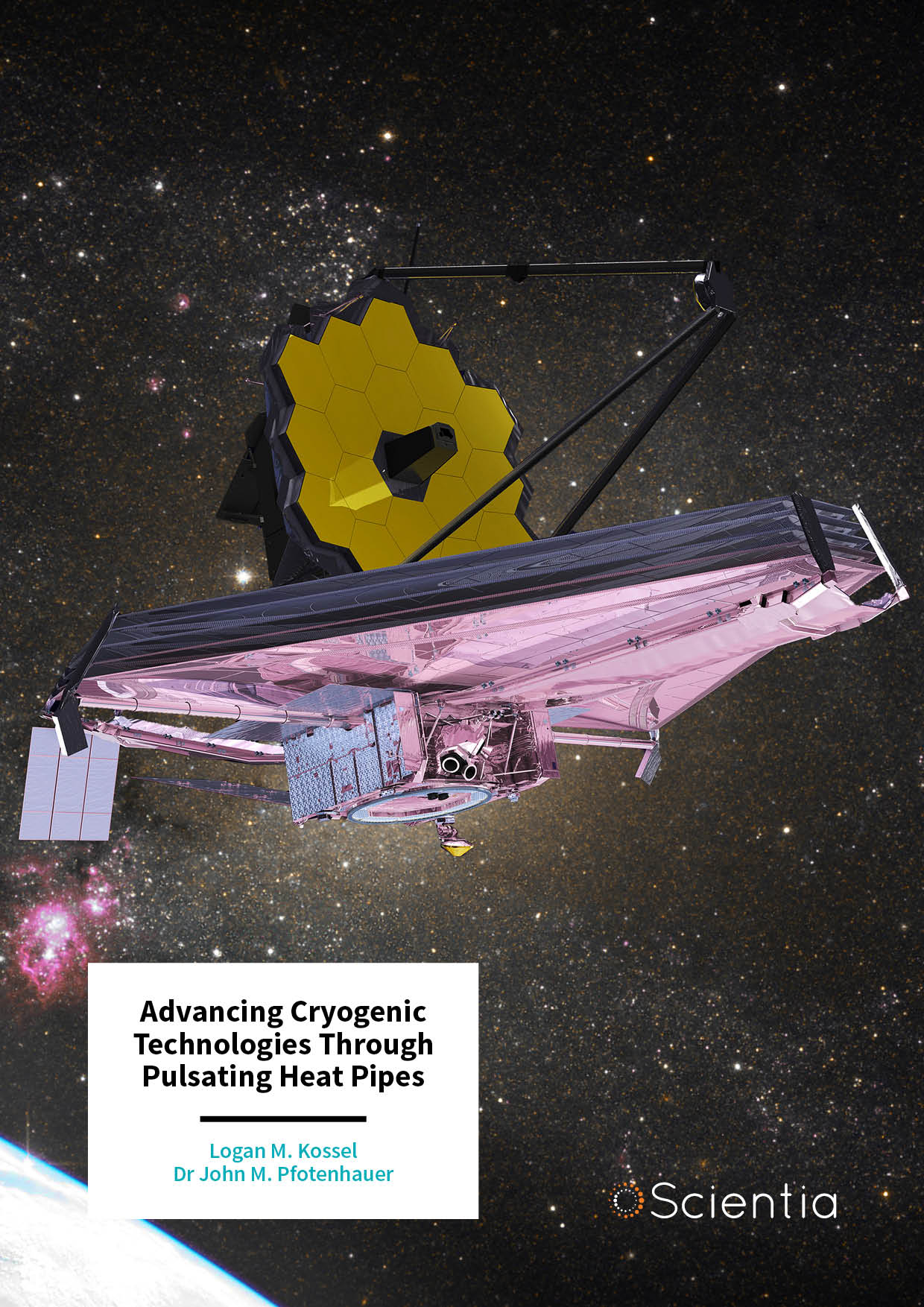
Logan Kossel | John Pfotenhauer – Advancing Cryogenic Technologies Through Pulsating Heat Pipes
Comprising thin tubes that contain ultra-cold liquids and vapours, ‘cryogenic pulsating heat pipes’ can transport heat far more rapidly than even the most conductive metals. Logan Kossel and John Pfotenhauer at the University of Wisconsin-Madison are exploring the unique capabilities of this technology in unprecedented levels of detail. Through their research, they hope to boost the performance of pulsating heat pipes even further – potentially leading to new breakthroughs in many technologies that rely on cryogenic temperatures.
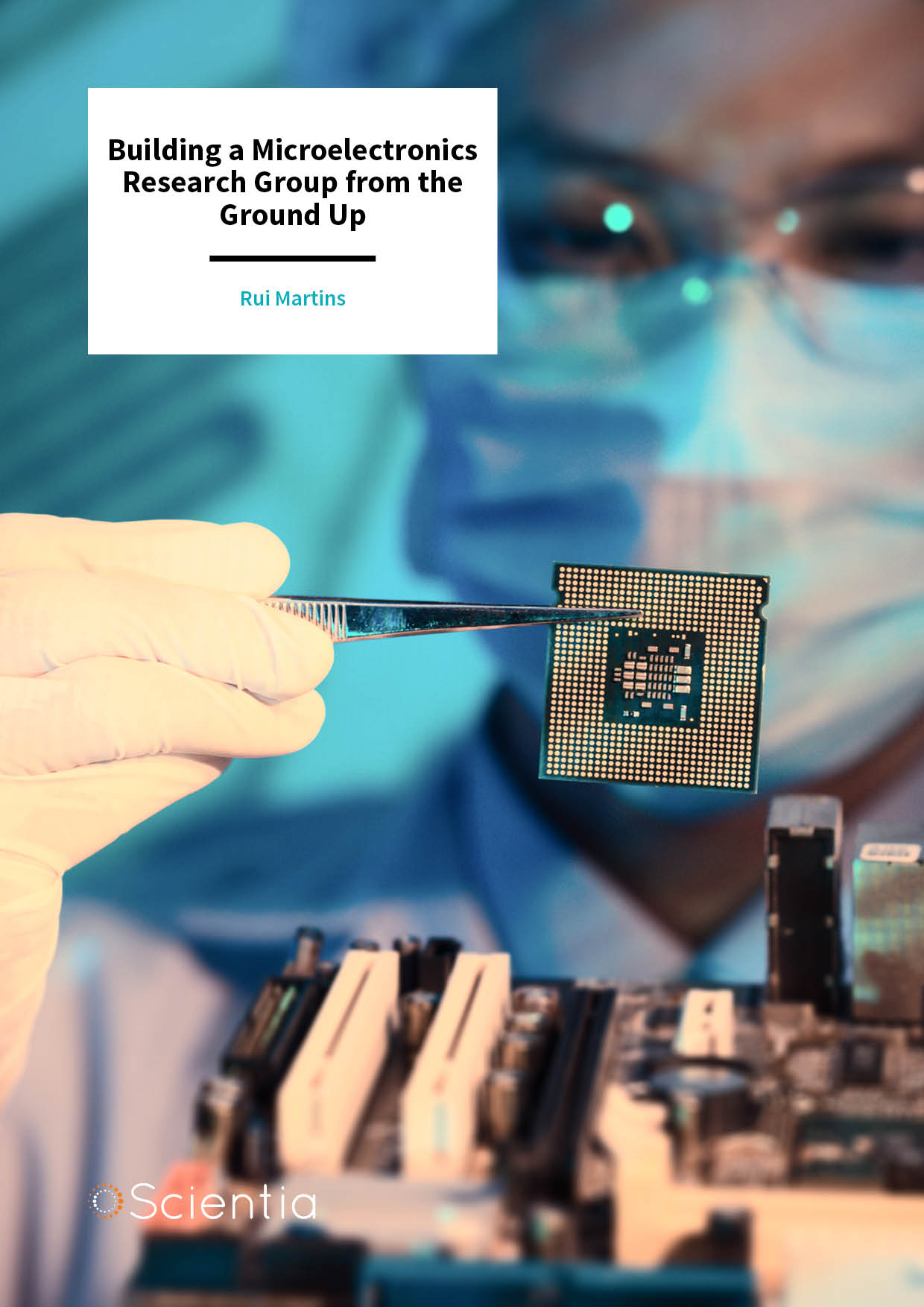
Professor Rui Martins | Building a Microelectronics Research Group from the Ground Up
Microelectronics are the minuscule components that power our modern world, from your smartphone to the systems that keep jet airliners in the sky. These essential components, such as transistors, resistors, capacitors, and inductors are the building blocks of microchips – the tiny computing units that process vast quantities of binary information. However, the world around us isn’t binary. Engineers must develop ways to translate between the analogue world that we inhabit and the binary world of chips. Over the last 30 years, Professor Rui Martins of the University of Macau has built a world-renowned research lab – the State Key Laboratory of Analog and Mixed-Signal VLSI – focused on further bridging the gap between analogue and digital.
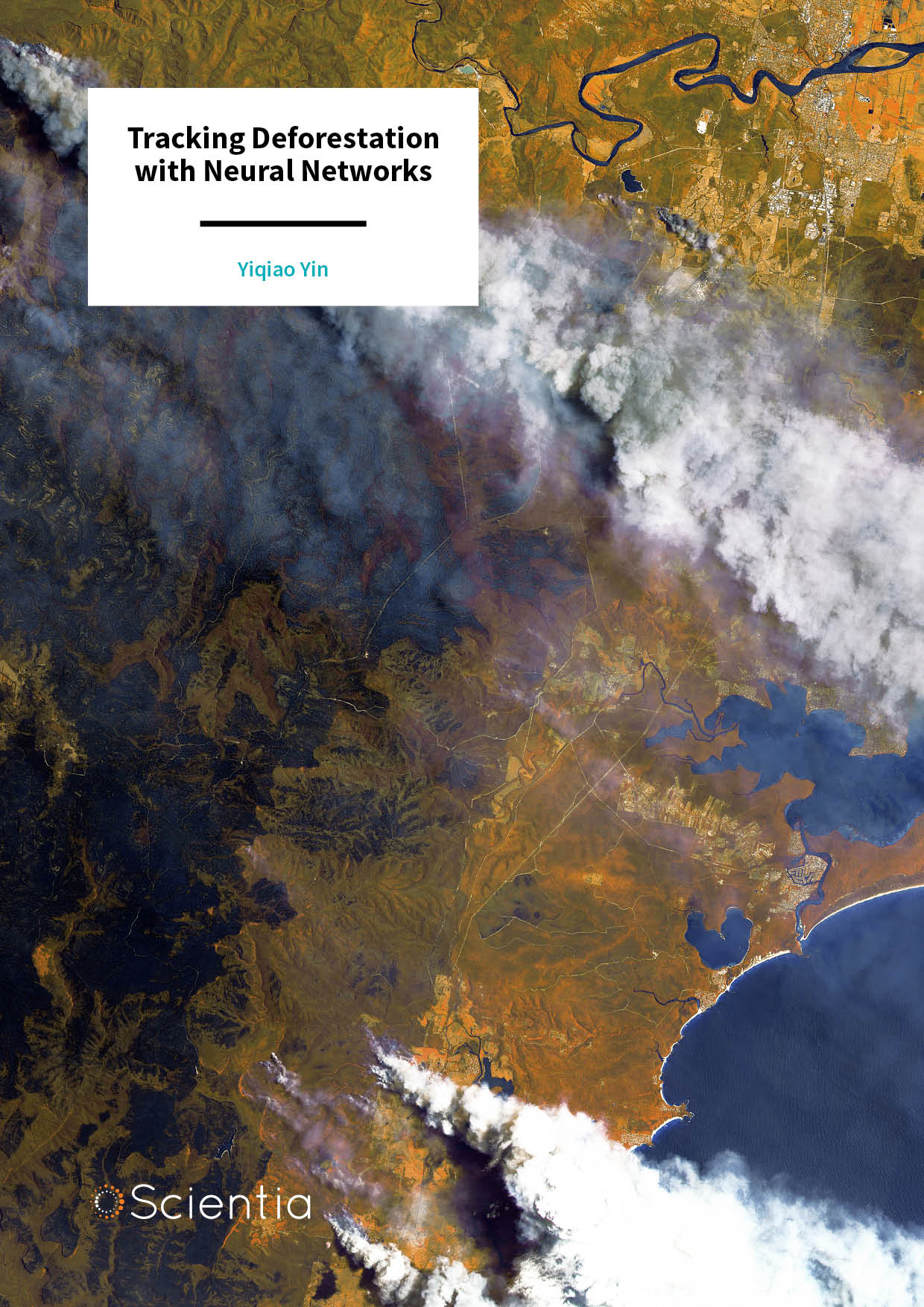
Yiqiao Yin | Tracking Deforestation with Neural Networks
Forests are key to Earth’s biodiversity and the global ecosystem, hosting 80% of the planet’s plant biomass and two-thirds of all mammal species. However, they are also in decline; each year, around five million hectares of woodland are lost to logging and wildfires. Tracking this loss is essential to controlling and mitigating deforestation, but this requires careful interpretation of satellite imagery. Yiqiao Yin, Kieran Pichai, Benjamin Park and Aaron Park have developed a model to automatically identify forests from these images. Their new approach is already showing huge promise.
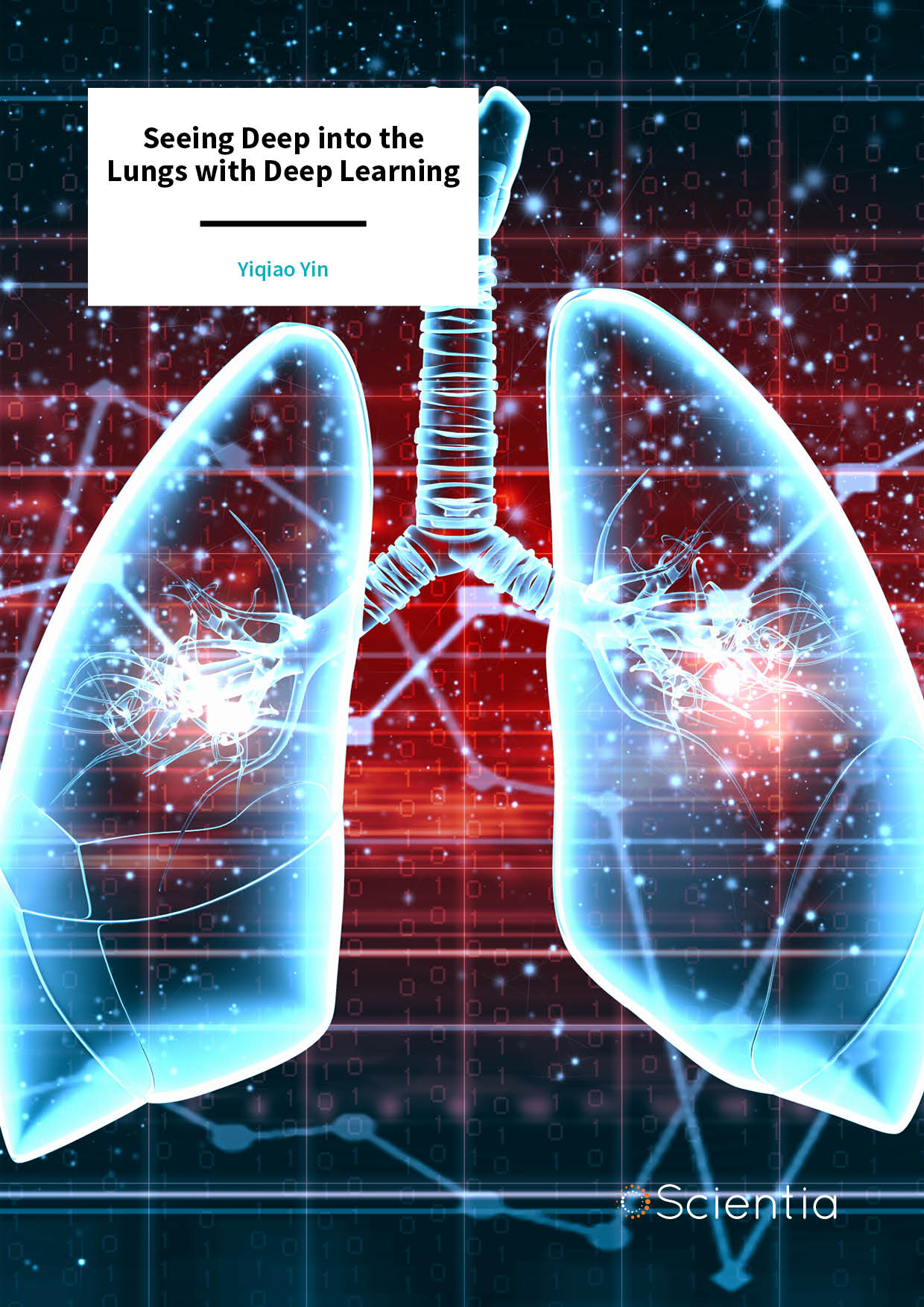
Yiqiao Yin | Seeing Deep into the Lungs with Deep Learning
X-rays and other forms of medical imaging let doctors peer into the body, revealing the internal structure of organs and tissues without invasive surgery. Doctors use the results to identify abnormalities such as broken bones, diagnose diseases such as cancer, or even monitor the health of a foetus within the womb. Although this technology is remarkable, the images aren’t useful in isolation. Experts must analyse the resulting data and parse what is healthy or unhealthy from the noise. Yiqiao Yin, Jaiden Schraut, Leon Liu and Jonathan Gong have created new machine learning technologies to support that crucial interpretation, focusing on X-rays and lung health.
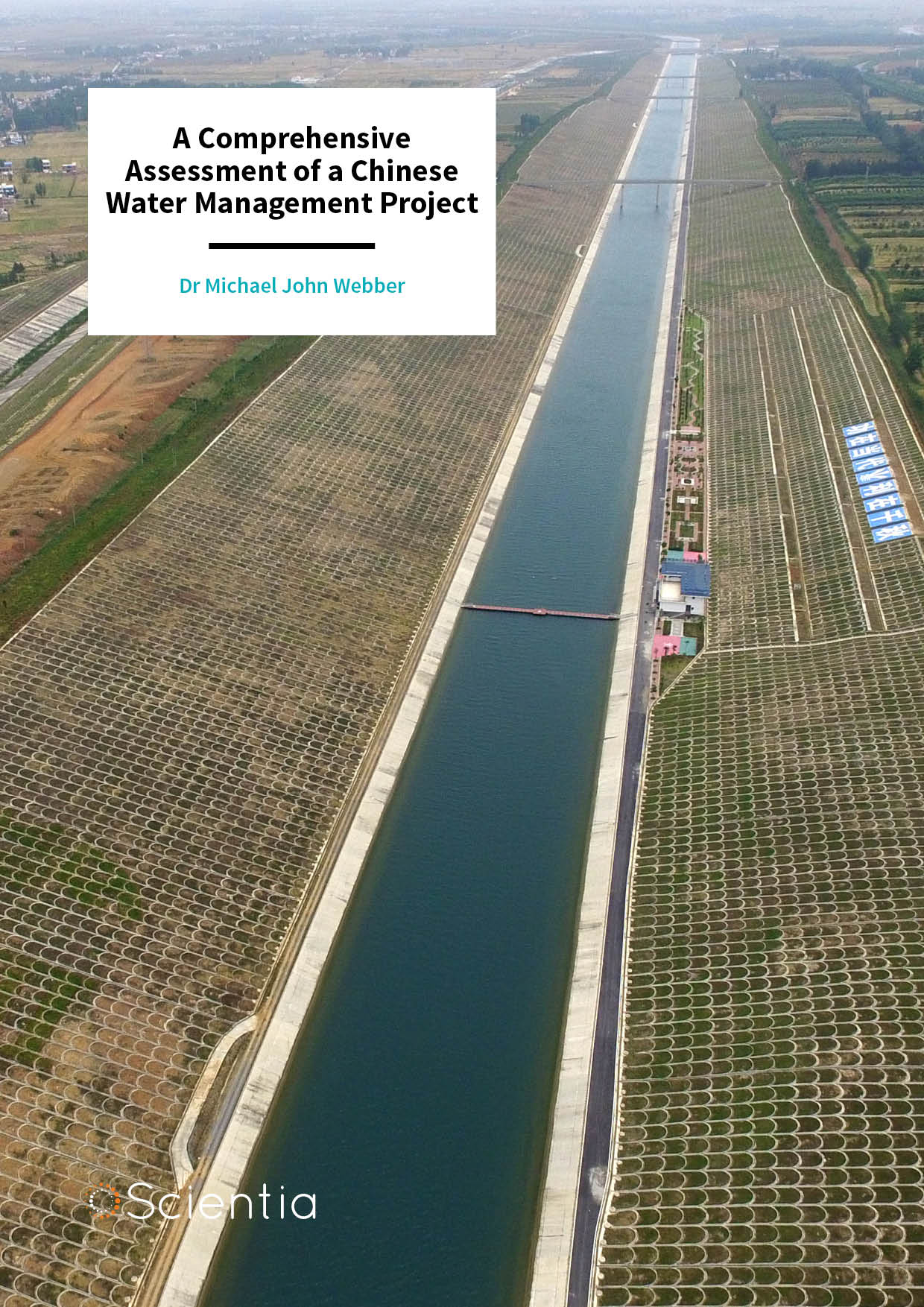
Dr Michael J Webber | A Comprehensive Assessment of a Chinese Water Management Project
Transferring water from one river basin to another is supposed to help us better manage our planet’s water resources. The South-North Water Transfer Project (SNWTP), an inter-basin water transfer effort in China, can transfer 25 billion cubic metres of water per year over long distances. Dr Michael J Webber of the University of Melbourne and his colleagues have been exploring the benefits and challenges of the SNWTP, to assess its socio-political, environmental, and economic impacts. His research aims to gain valuable insights about the politics of vast technologies, and how inter-basin water schemes might be managed.
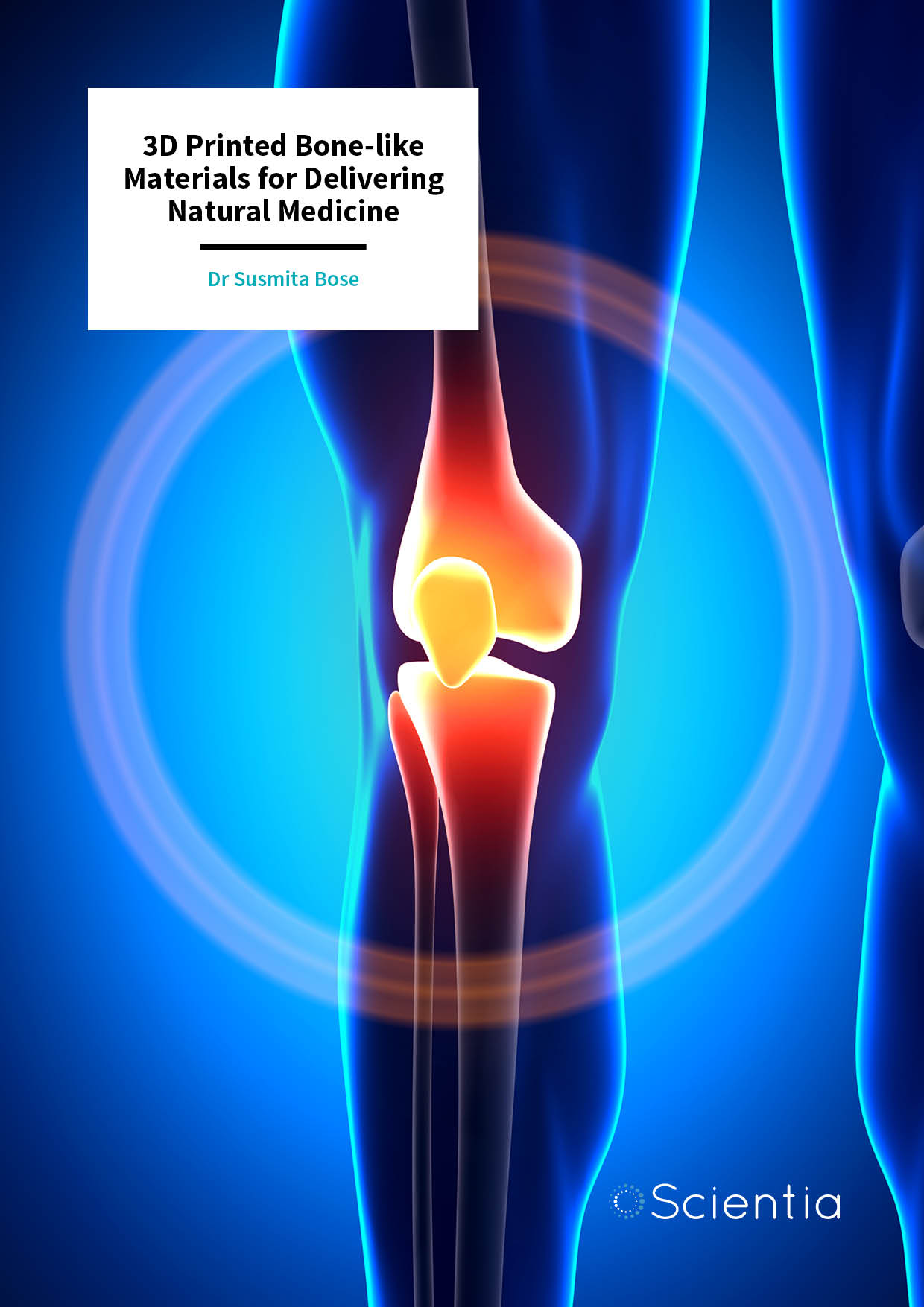
Dr Susmita Bose | 3D Printed Bone-like Materials for Delivering Natural Medicine
Some of the greatest advances in medical history have revolved around the creation of new materials that can replace damaged tissues in the body. Today, many researchers focus on creating materials that can replace damaged bone tissue, which often cannot heal naturally. Dr Susmita Bose and her team at Washington State University have been researching ways to engineer exciting new materials that mimic the structure of natural bone, allowing us to live happier, healthier, and longer lives.
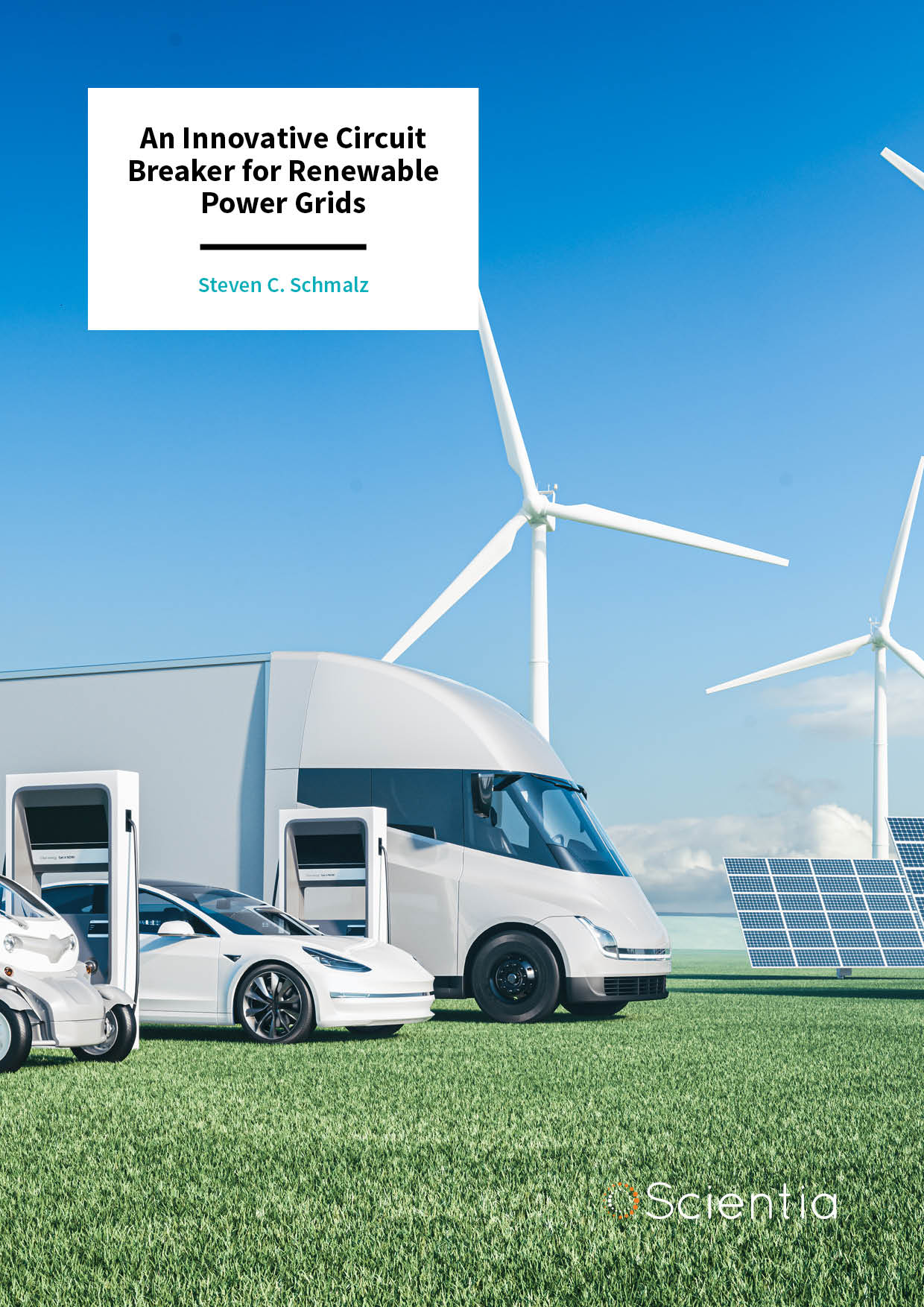
Steve Schmalz | An Innovative Circuit Breaker for Renewable Power Grids
A key step towards a carbon-neutral future could be reached through dispersed power grids, featuring networks of local-scale renewable energy and battery storage plants. To prevent these power grids from damaging themselves and their surroundings when electrical faults arise, they must be integrated with ‘circuit breakers’, which temporarily interrupt the current flowing through them. However, currently available circuit breakers cannot handle the medium-voltage direct currents best suited for these grids. Through an innovative new circuit breaker design, Steve Schmalz and his colleagues at Eaton Corporation, the Illinois Institute of Technology (IIT), Virginia Tech and the National Energy Technology Laboratory (NETL), hope that this challenge will soon be overcome.
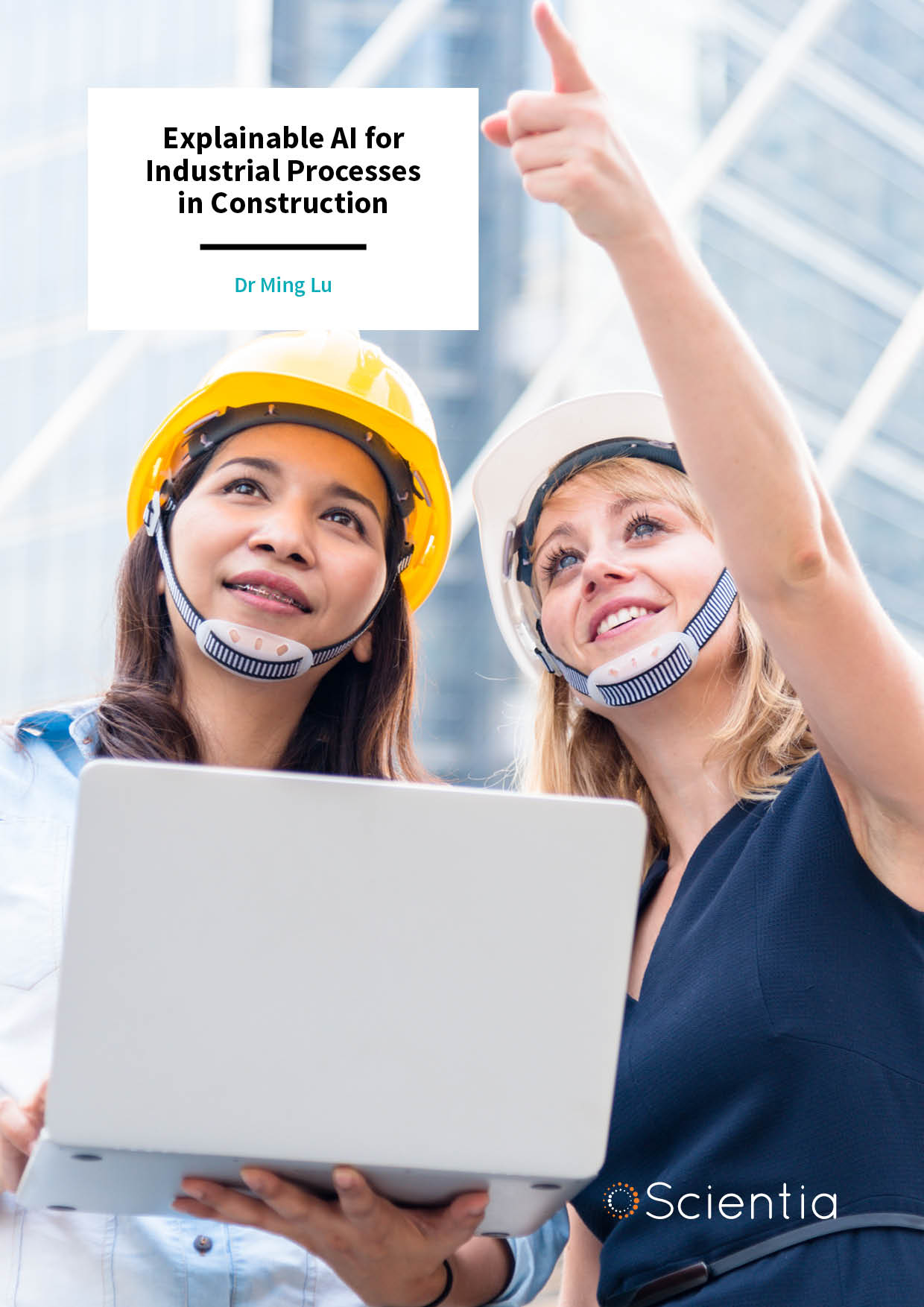
Dr Ming Lu | Explainable AI for Industrial Processes in Construction
Within the wider worlds of engineering, manufacturing and construction, there is a growing demand for accurate computer modelling of large-scale projects. Through the use of artificial intelligence, engineers can more accurately predict and improve various aspects of construction work, from calculating the total cost of a project, to optimising the quality of concrete. Dr Ming Lu and his team at the University of Alberta are developing such artificial intelligence systems, towards ultimately overhauling how we plan large-scale engineering work.
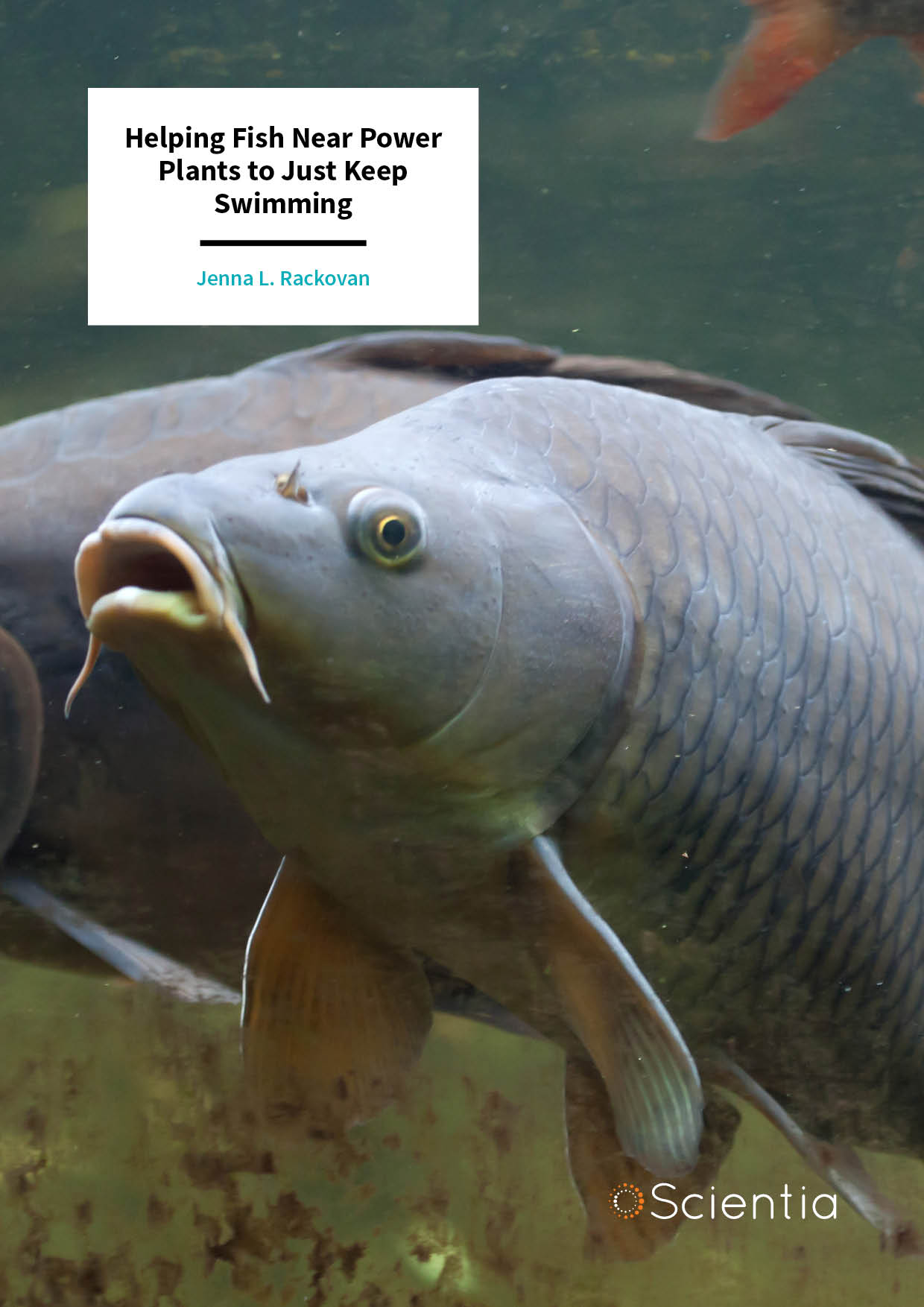
Jenna Rackovan – Helping Fish Near Power Plants to Just Keep Swimming
Cleaner, greener electricity is imperative to meet the demands of a burgeoning population. Many power plants rely on vast quantities of water to cool their systems and maintain proper operation. But sucking up vast quantities of water can pose a risk for fish and other aquatic animals. Balancing the operational efficiency of power plant cooling systems with environmental protection requires a dedicated team of engineers and fisheries biologists. In their recent research, Jenna Rackovan and her colleagues at Alden Research Laboratory in Massachusetts optimise the use of travelling water screens for fish protection.
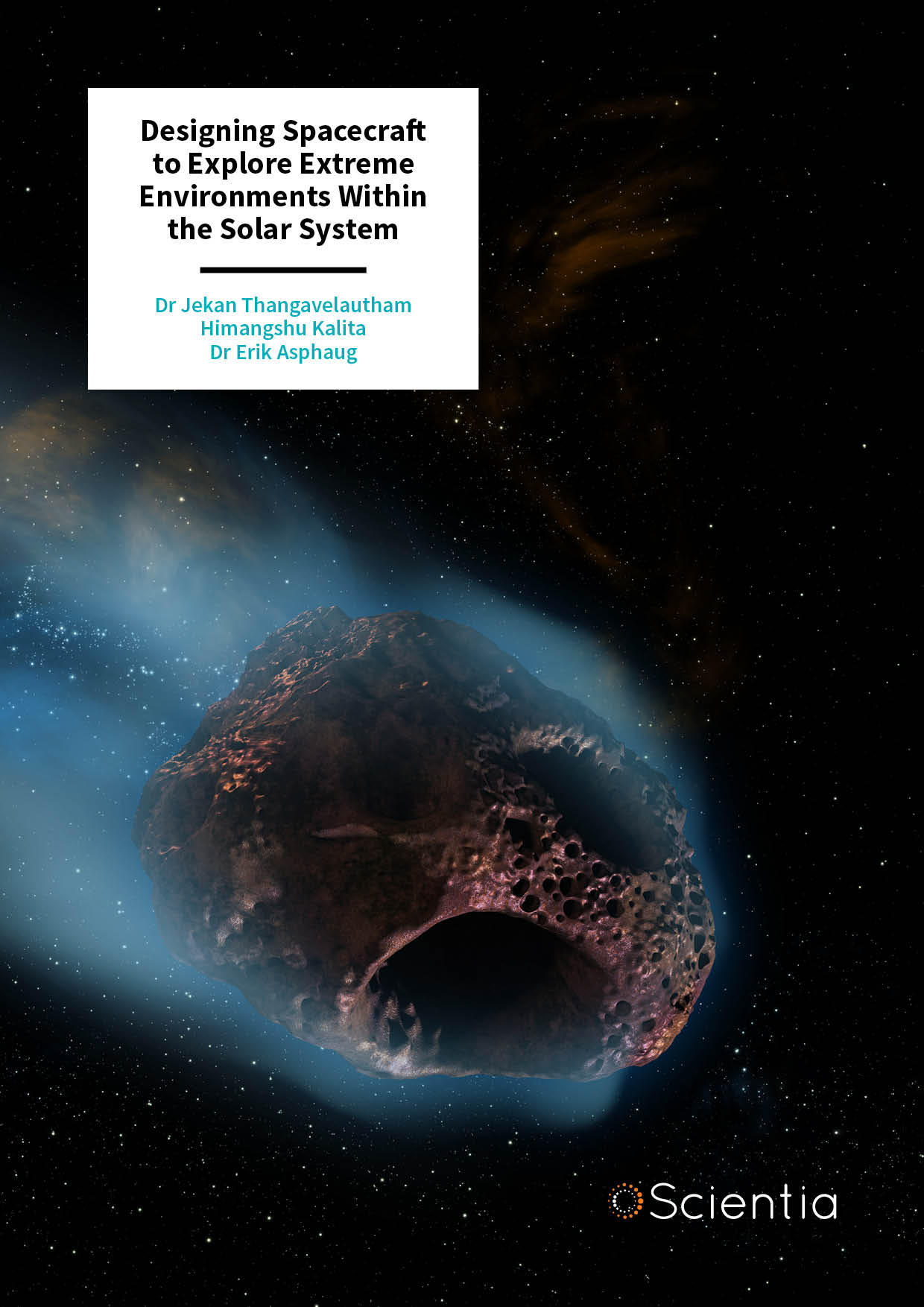
Dr Jekan Thanga – Designing Spacecraft to Explore Extreme Environments Within the Solar System
In the next few decades, upcoming technological advances will offer unprecedented opportunities to explore the solar system – both with autonomous robots, and through manned missions. Dr Jekan Thanga and the Space and Terrestrial Robotic Exploration (SpaceTREx) Laboratory at University of Arizona are at the forefront of efforts to design miniature spacecraft that will allow us to reach these distant worlds, and navigate their rugged, unfamiliar terrains. In the future, his team’s research could pave the way for the establishment of long-term, off-world human settlements, and the discovery of life in extreme, yet potentially habitable environments.
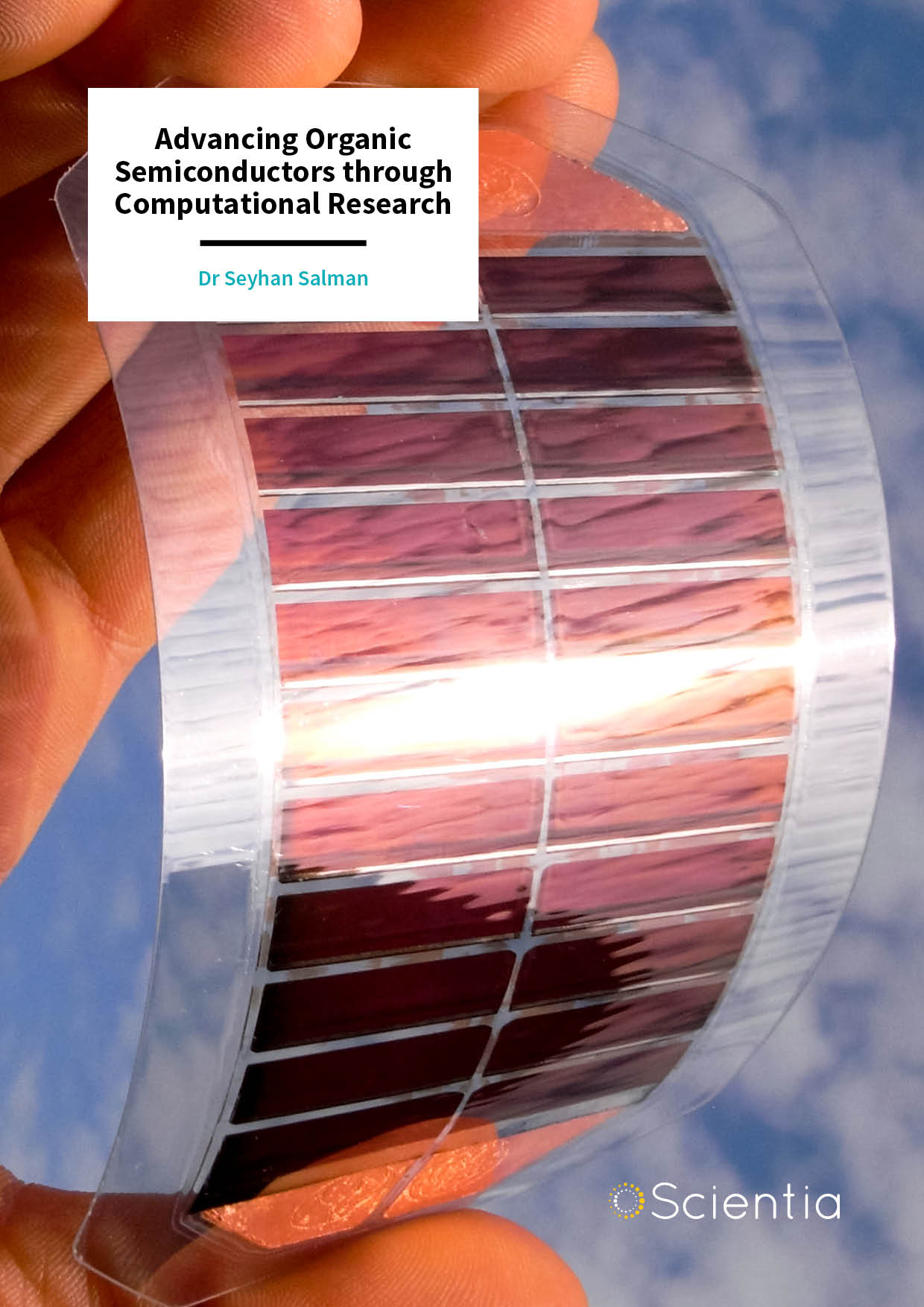
Dr Seyhan Salman – Advancing Organic Semiconductors through Computational Research
Organic semiconductors form the cornerstone of modern technologies, powering the screens we use in many of our digital devices. On top of this, they are also key materials in organic solar cells and medical biosensing devices, amongst other innovative applications. Dr Seyhan Salman and her colleagues at the Clark Atlanta University have been investigating organic semiconductors using advanced computational methods. Through this, her team hopes to pave the way to developing even more impressive technologies, which will benefit society in myriad ways.
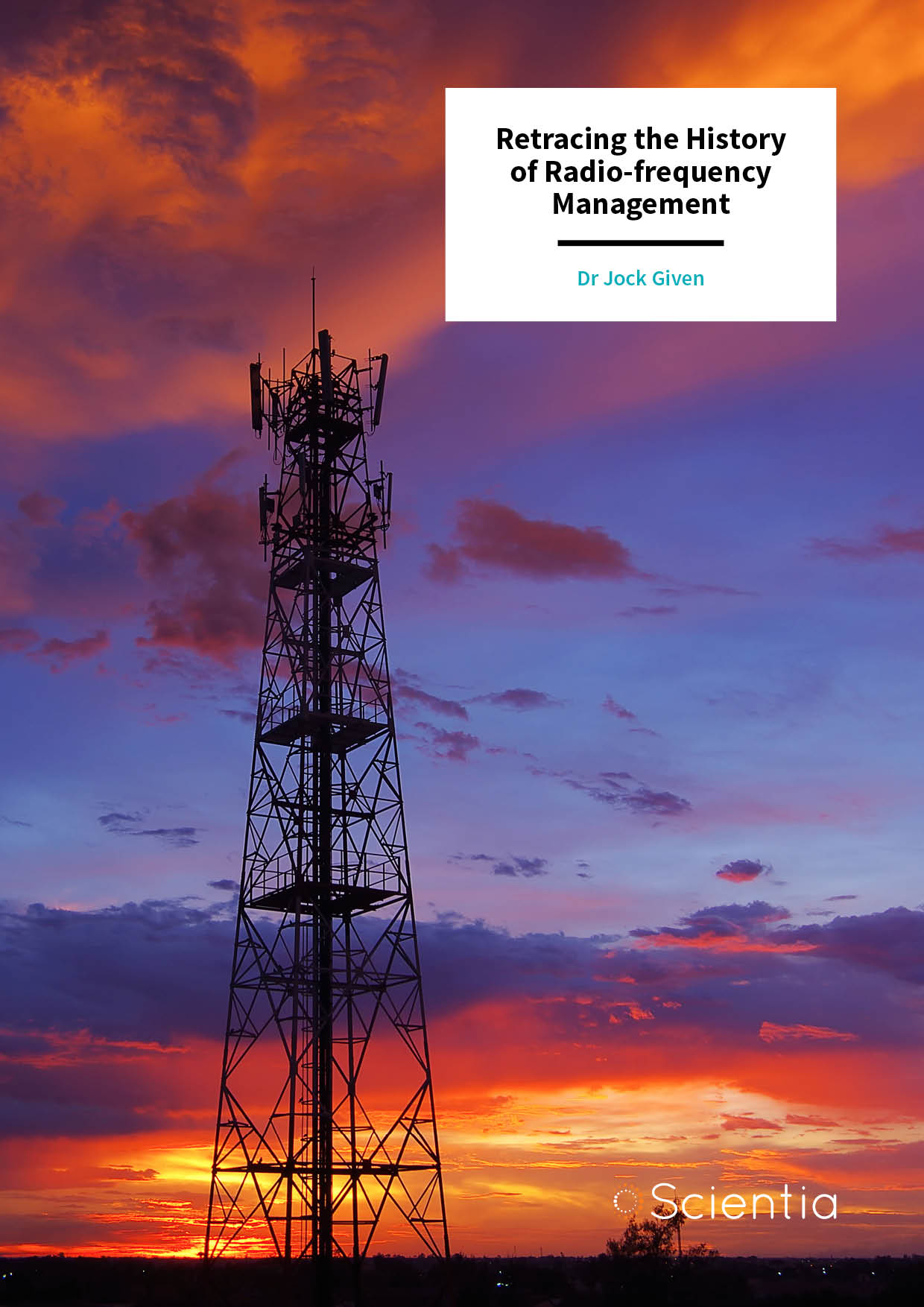
Dr Jock Given – Retracing the History of Radio-frequency Management
Radio-frequency (RF) spectrum management is a crucial part of media and communications history, as it has shaped how people access information and communicate with others. Dr Jock Given, Professor at Swinburne University of Technology, has written numerous books and articles focusing on this topic. He combines ideas from economics, law, history, and business with his own experience as an economics researcher and policy advisor.
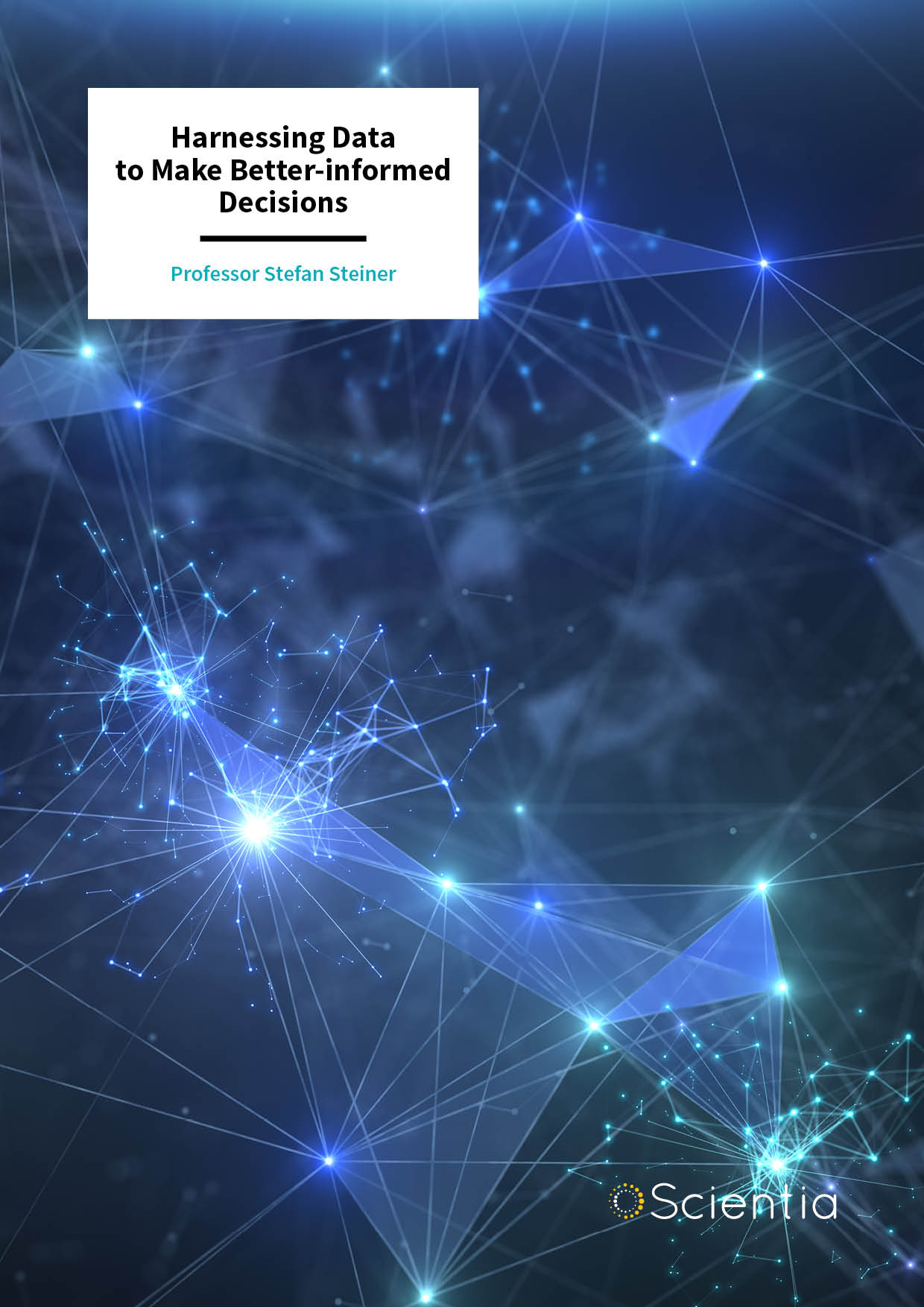
Professor Stefan Steiner – Harnessing Data to Make Better-informed Decisions
There are many situations where large volumes of data are collected over time, and processes can be greatly improved by gleaning insights from that data. For example, hospitals and healthcare authorities collect data on patient outcomes following treatment or surgery. By better analysing such data, patterns can be revealed and process changes can be implemented to improve patient outcomes. Professor Stefan Steiner and his colleagues at the University of Waterloo develop new models and statistical methods that can obtain such insights across a wide array of sectors, from improving healthcare to reducing road accidents.
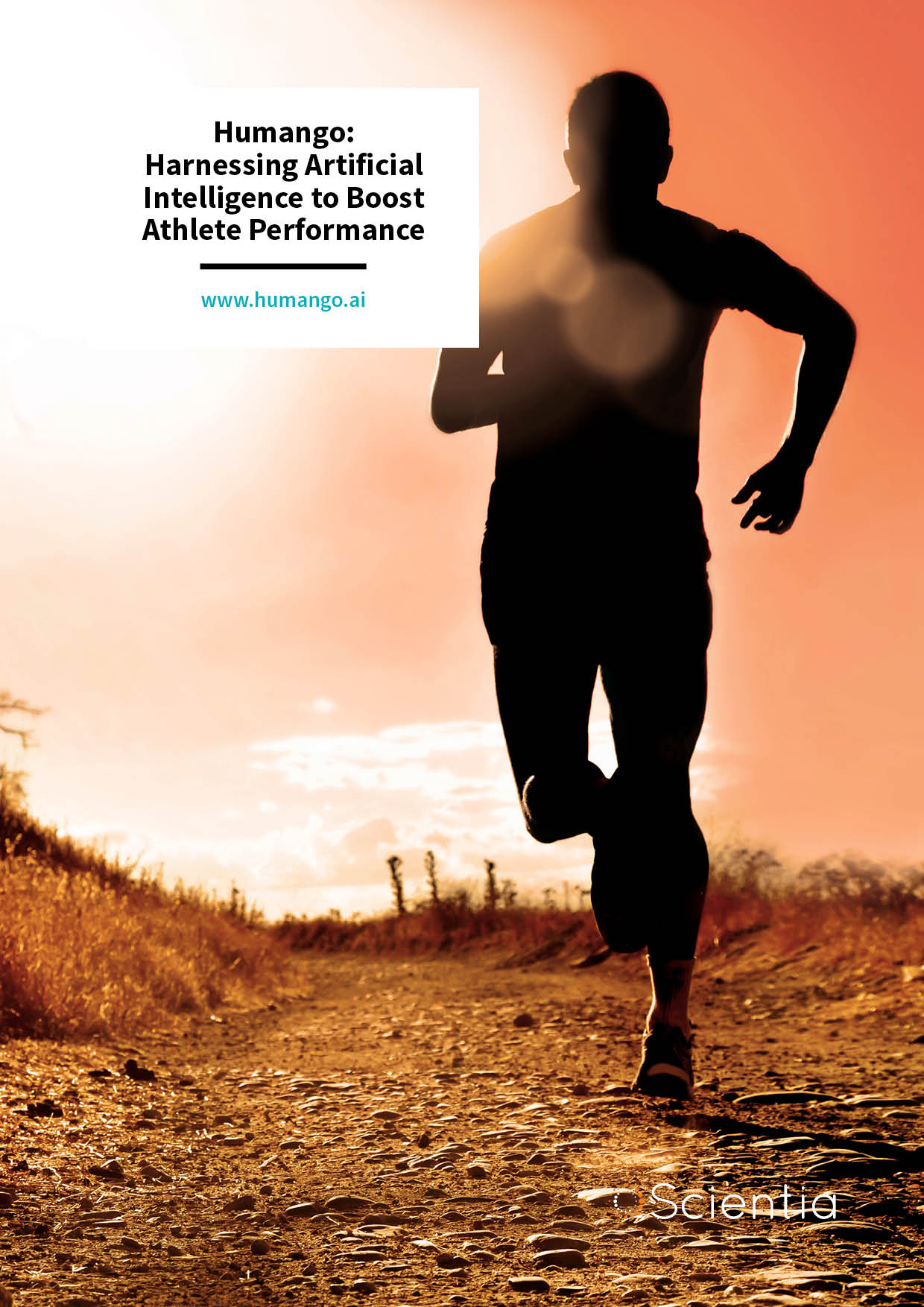
Humango: Harnessing Artificial Intelligence to Boost Athlete Performance
For years, entrepreneurs have been trying to introduce artificial intelligence (AI) to endurance training in a way that makes a substantial difference in athlete performance. From platforms that make short-term adjustments to an athlete’s initial plan to ones that rely solely on subjective feedback for their subsequent prescriptions, the approaches have varied – but the industry has remained relatively unshifted. Now, researchers at Humango have built an AI engine that continuously adapts its recommendations to an athlete’s health data, performance metrics, random alterations in scheduling, and training response all at the same time. Allow us to introduce you to Humango and its founder, Dr Eric Abecassis.
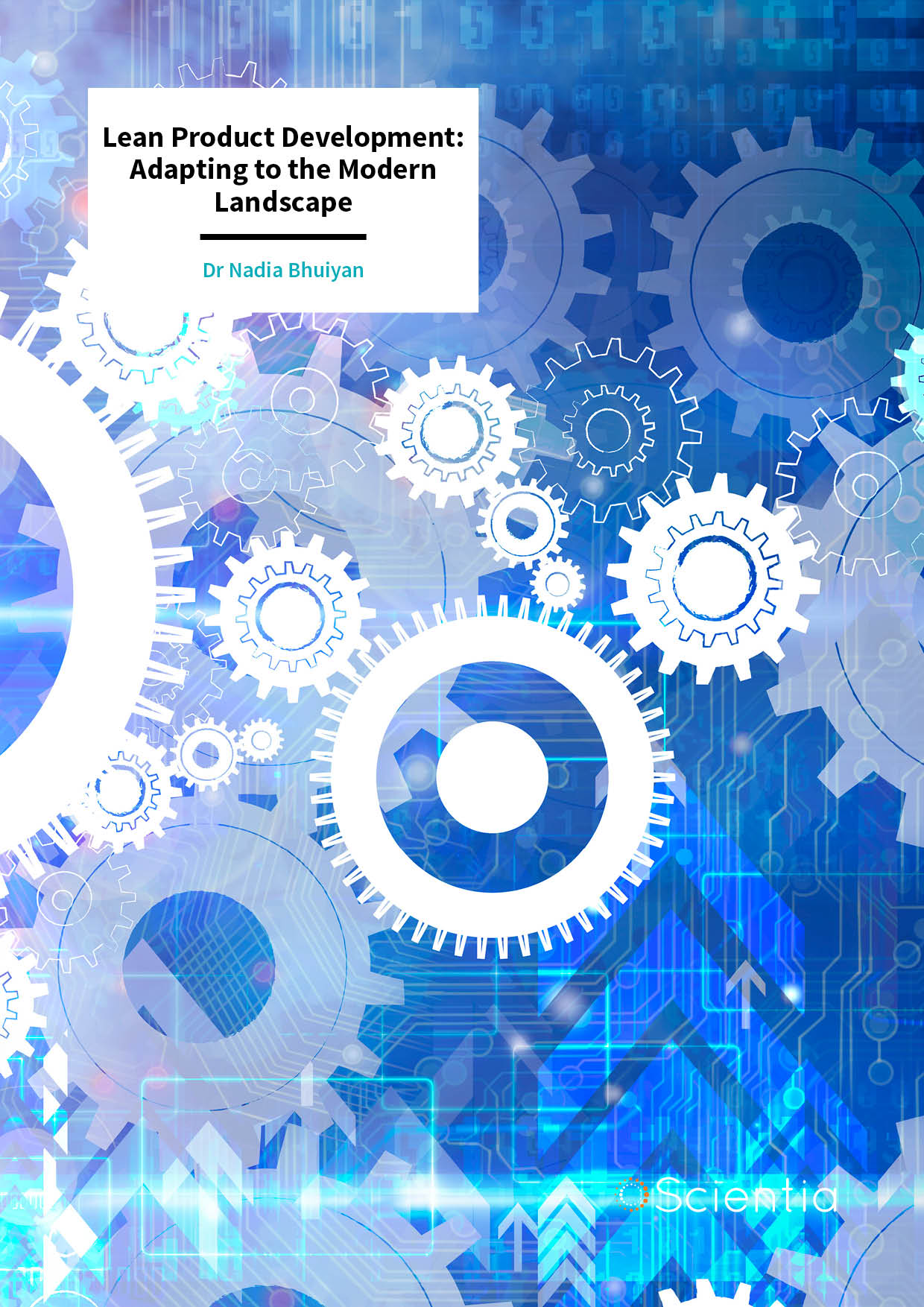
Dr Nadia Bhuiyan – Lean Product Development: Adapting to the Modern Landscape
Perfecting the product development process presents a daunting challenge to many modern companies, which must compete within their industries on a global stage. Through her research, Dr Nadia Bhuiyan at Concordia University shows how many different aspects of the process can be streamlined through the use of ‘lean’ processes – which aim to eliminate any waste in time, resources, and information. Through a combination of theory, analytical modelling, and case studies, her discoveries offer important new guidance for how companies can continue to thrive in an uncertain future.
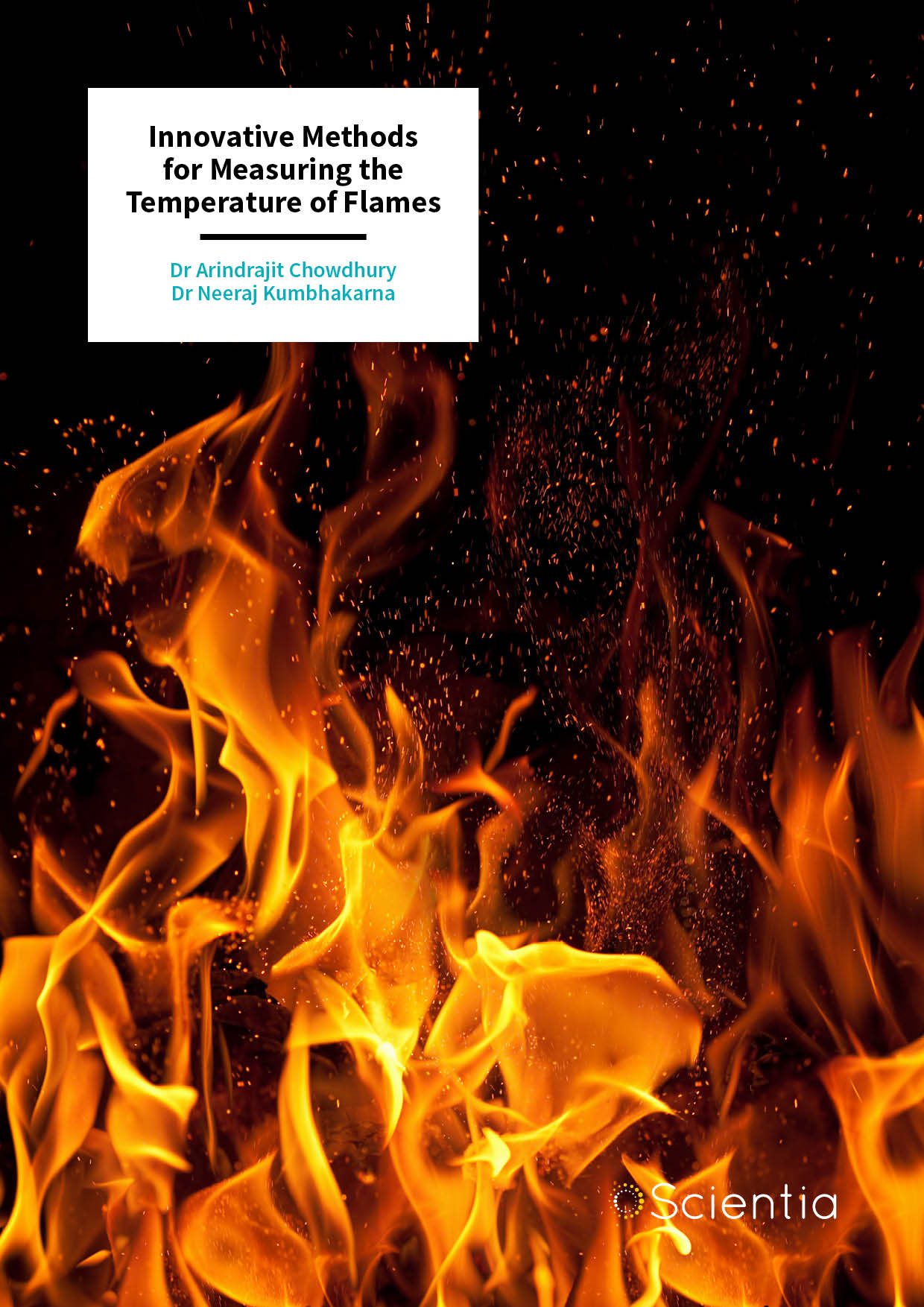
Dr Arindrajit Chowdhury | Dr Neeraj Kumbhakarna – Innovative Methods for Measuring the Temperature of Flames
While it may seem a simple task, being able to accurately measure the temperature of fire has been of interest to scientists for many years. If accurate methods were readily available, it would allow individuals and businesses to have much greater control over combustion, improving how we use fuel and reducing carbon emissions. Dr Arindrajit Chowdhury and Dr Neeraj Kumbhakarna at the Indian Institute of Technology Bombay have been developing ideal methods for measuring the temperature of flames, and creating solutions to facilitate their widespread use.
